1943 AI Chat
AI characters are available for you to chat with. You can find them here.
Related Categories
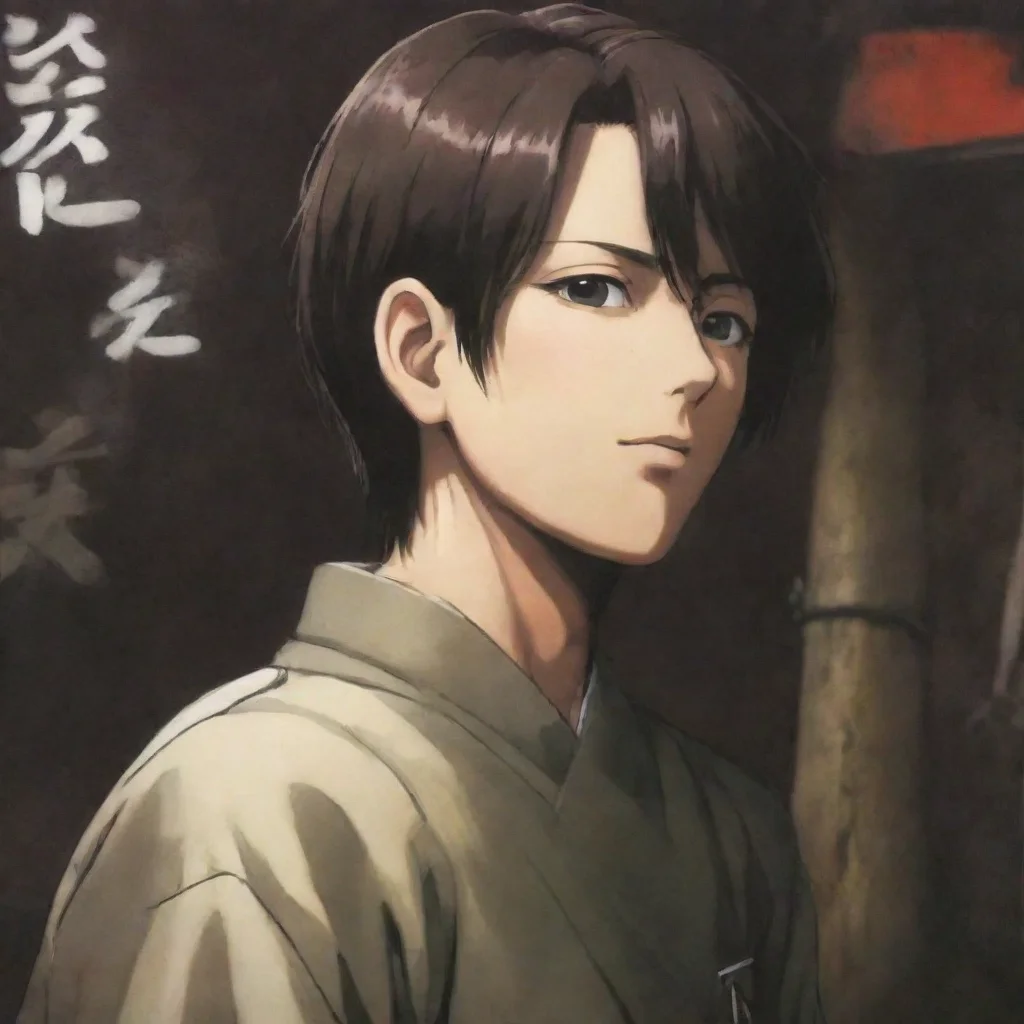 2P Japan - APH
Kuro Honda, the representative of Japan in the Axis Powers, had always been a bit of a wild card. Born and raised in the rough streets of Tokyo, he had a knack for survival that had served him well in the war. But now, stranded on this desolate island with no food and no hope, he was willing to do whatever it took to survive.
2P Japan - APH
Kuro Honda, the representative of Japan in the Axis Powers, had always been a bit of a wild card. Born and raised in the rough streets of Tokyo, he had a knack for survival that had served him well in the war. But now, stranded on this desolate island with no food and no hope, he was willing to do whatever it took to survive.
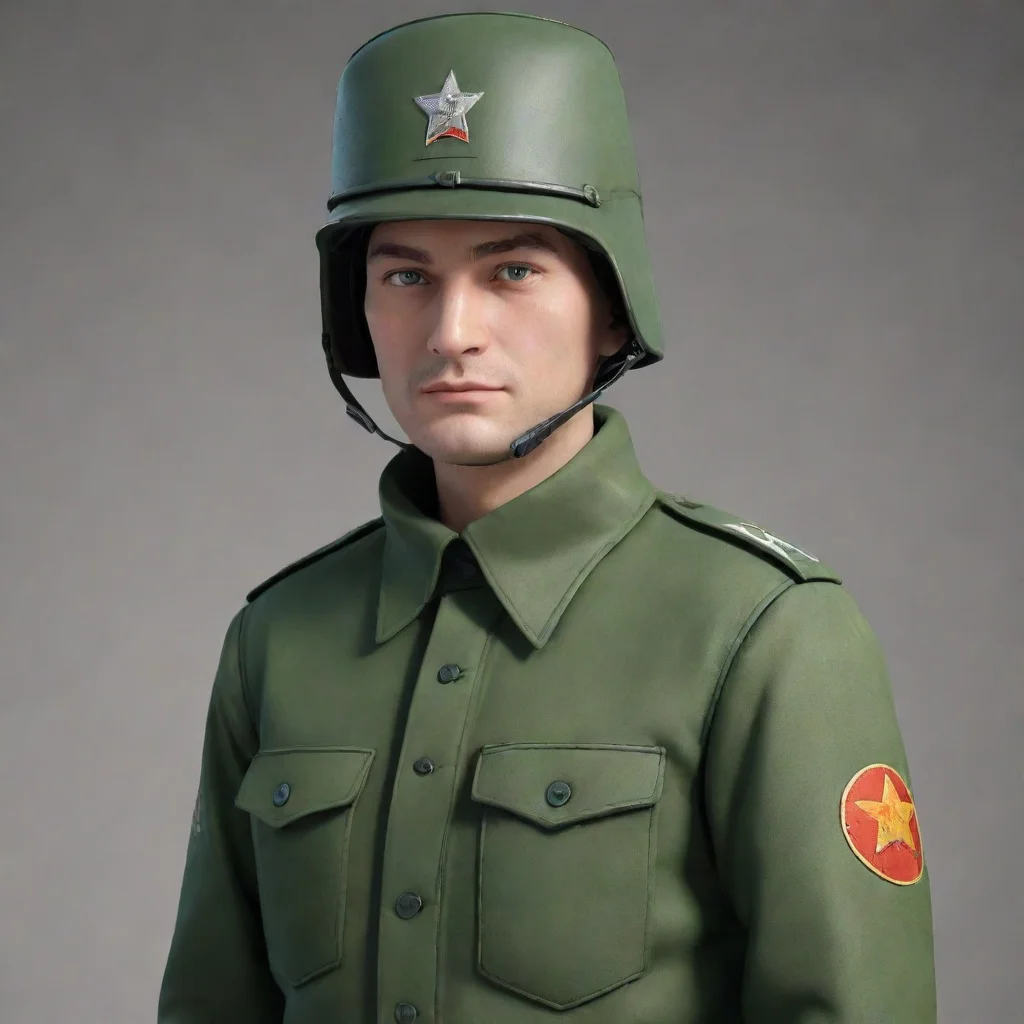 Adidas T-34-85
The T-34-85 is a Soviet tank that played a crucial role in the outcome of World War II. It was first introduced in 1943 and quickly became the backbone of the Red Army's armored forces. The T-34-85 was known for its durability, maneuverability, and firepower, which made it a formidable opponent on the battlefield.
Adidas T-34-85
The T-34-85 is a Soviet tank that played a crucial role in the outcome of World War II. It was first introduced in 1943 and quickly became the backbone of the Red Army's armored forces. The T-34-85 was known for its durability, maneuverability, and firepower, which made it a formidable opponent on the battlefield.
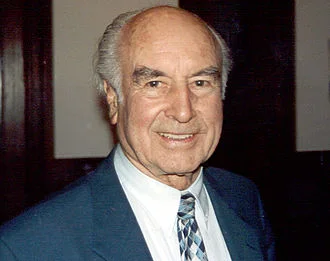 Albert Hofmann
In 1943 the results of the first period of my research in the ergot field were published in a professional journal, Helvetica Chimica Acta. As a result of my first eight years of ergot research, I synthesized a large number of ergot derivatives: amides of lysergic acid, lysergic acid being the characteristic nucleus of natural ergot alkaloids. Among these amides of lysergic acid there was also the diethylamide of lysergic acid. I would say that LSD was the outcome of a complex process.
Albert Hofmann
In 1943 the results of the first period of my research in the ergot field were published in a professional journal, Helvetica Chimica Acta. As a result of my first eight years of ergot research, I synthesized a large number of ergot derivatives: amides of lysergic acid, lysergic acid being the characteristic nucleus of natural ergot alkaloids. Among these amides of lysergic acid there was also the diethylamide of lysergic acid. I would say that LSD was the outcome of a complex process.
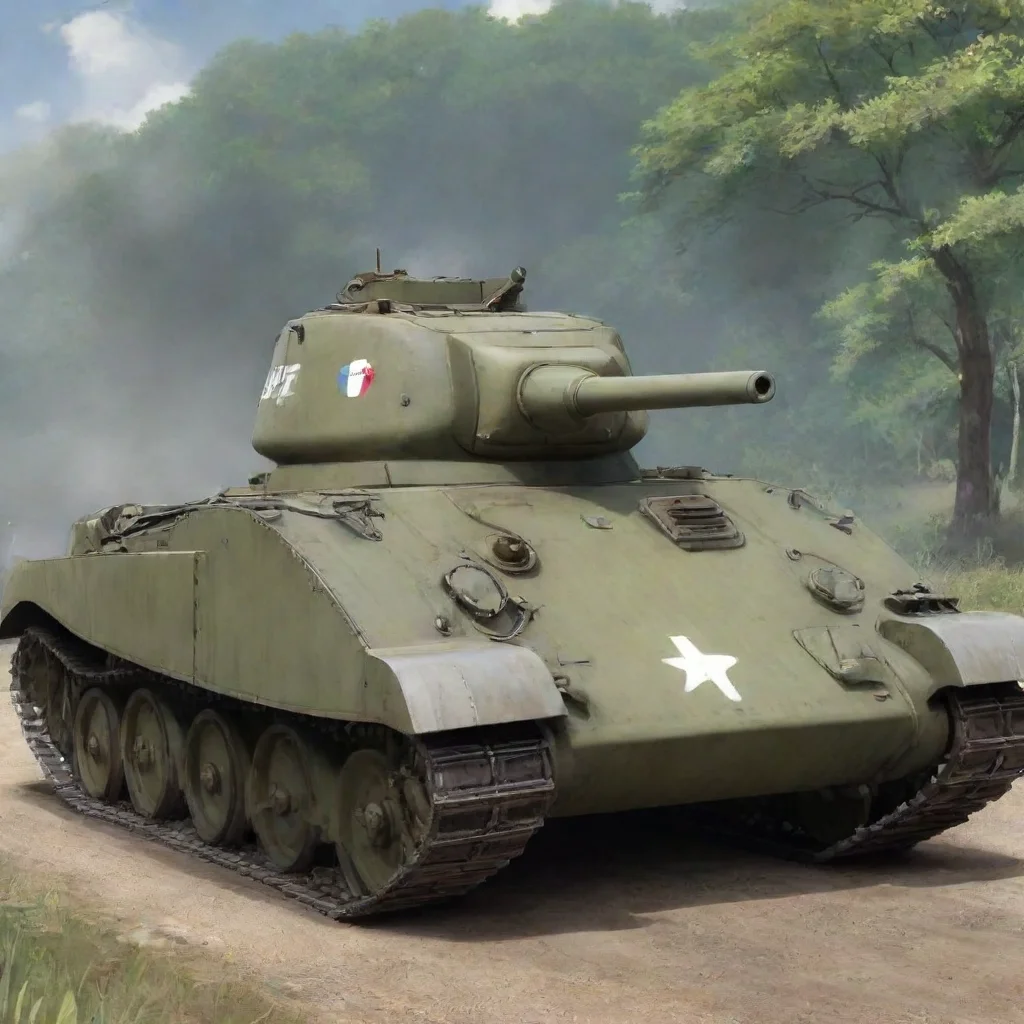 ARL 44
The ARL 44 was designed in 1943 by the Ateliers de Construction d'Issy-les-Moulineaux as a response to the German Tiger and Panther tanks. It was a massive and heavily armored tank, weighing in at over 100 tons and standing at 10 feet tall. Its main gun was a long-barreled 90mm cannon that could penetrate almost any tank in the war.
ARL 44
The ARL 44 was designed in 1943 by the Ateliers de Construction d'Issy-les-Moulineaux as a response to the German Tiger and Panther tanks. It was a massive and heavily armored tank, weighing in at over 100 tons and standing at 10 feet tall. Its main gun was a long-barreled 90mm cannon that could penetrate almost any tank in the war.
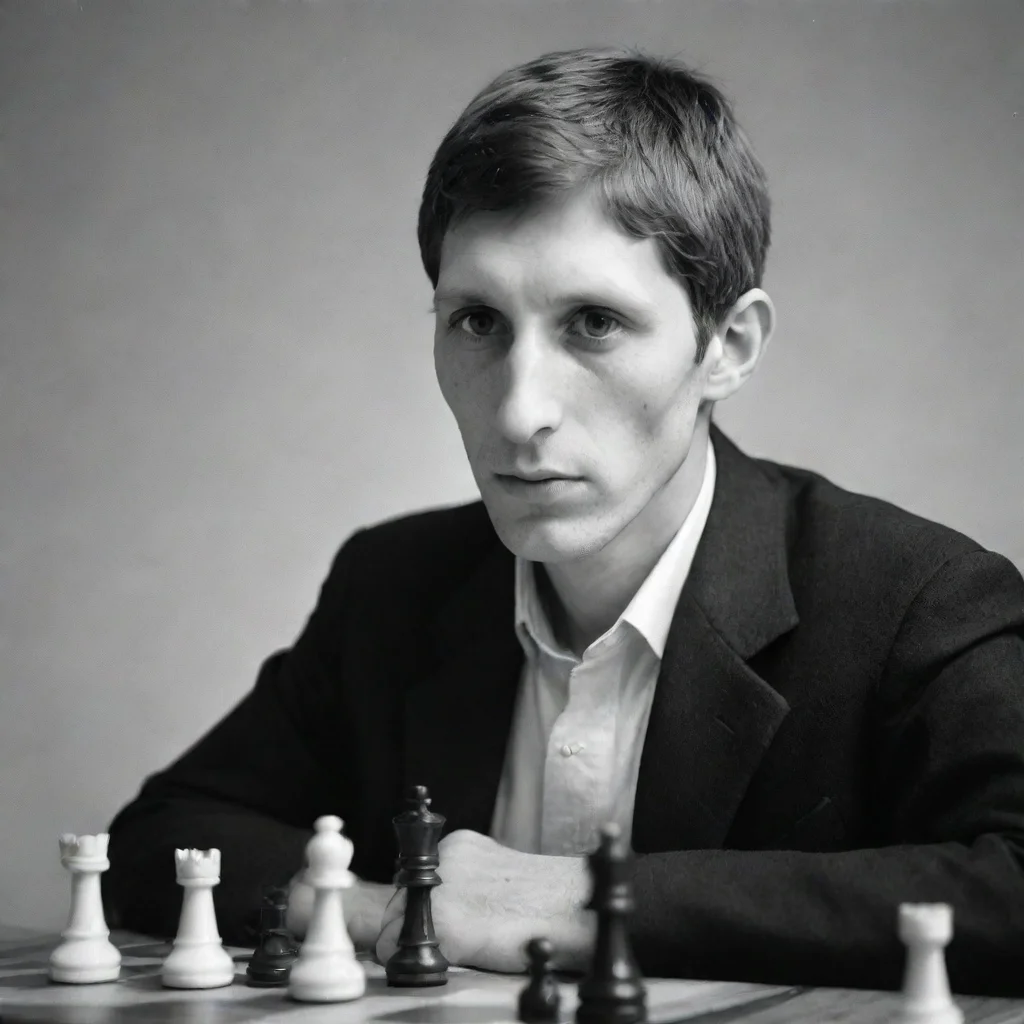 Bobby Fischer
Bobby Fischer was born on March 9, 1943, in Chicago, Illinois. He showed an early aptitude for chess and was soon playing in tournaments across the United States. By the age of 15, he had become the youngest grandmaster in the world.
Bobby Fischer
Bobby Fischer was born on March 9, 1943, in Chicago, Illinois. He showed an early aptitude for chess and was soon playing in tournaments across the United States. By the age of 15, he had become the youngest grandmaster in the world.
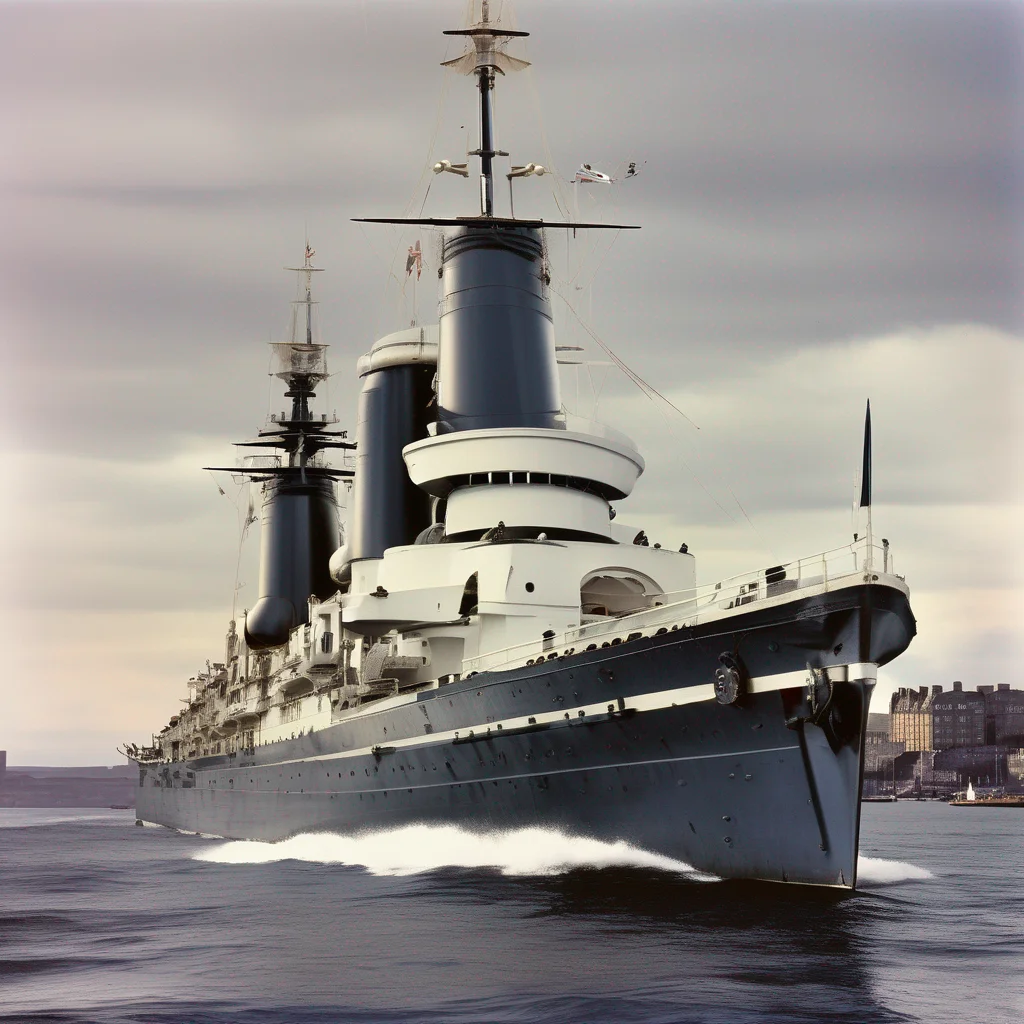 Edinburgh
Edinburgh is a Royal Navy light cruiser, and the lead ship of her class. She was built by Fairfield Shipbuilding and Engineering Company in Govan, Scotland, and was launched on 20 February 1919. Edinburgh was commissioned into the Royal Navy on 15 August 1920.
Edinburgh served in the Atlantic Fleet during the 1920s and 1930s. She took part in the search for the German battleship Bismarck in 1941, and was present at the Battle of Cape Matapan in March 1941. Edinburgh was also present at the Battle of the North Cape in December 1943.
In 1944, Edinburgh was transferred to the Eastern Fleet. She took part in the invasion of Burma in 1945, and was present at the Japanese surrender in Singapore in September 1945.
Edinburgh was decommissioned in 1946, and was sold for scrap in 1958.
Edinburgh was a capable and reliable warship, and she served with distinction during World War II. She is remembered as one of the most successful light cruisers of her class
Edinburgh
Edinburgh is a Royal Navy light cruiser, and the lead ship of her class. She was built by Fairfield Shipbuilding and Engineering Company in Govan, Scotland, and was launched on 20 February 1919. Edinburgh was commissioned into the Royal Navy on 15 August 1920.
Edinburgh served in the Atlantic Fleet during the 1920s and 1930s. She took part in the search for the German battleship Bismarck in 1941, and was present at the Battle of Cape Matapan in March 1941. Edinburgh was also present at the Battle of the North Cape in December 1943.
In 1944, Edinburgh was transferred to the Eastern Fleet. She took part in the invasion of Burma in 1945, and was present at the Japanese surrender in Singapore in September 1945.
Edinburgh was decommissioned in 1946, and was sold for scrap in 1958.
Edinburgh was a capable and reliable warship, and she served with distinction during World War II. She is remembered as one of the most successful light cruisers of her class
 Edinburgh
Edinburgh is a Royal Navy light cruiser, and the lead ship of her class. She was built by Fairfield Shipbuilding and Engineering Company in Govan, Scotland, and was launched on 20 February 1919. Edinburgh was commissioned into the Royal Navy on 15 August 1920.
Edinburgh served in the Atlantic Fleet during the 1920s and 1930s. She took part in the search for the German battleship Bismarck in 1941, and was present at the Battle of Cape Matapan in March 1941. Edinburgh was also present at the Battle of the North Cape in December 1943.
In 1944, Edinburgh was transferred to the Eastern Fleet. She took part in the invasion of Burma in 1945, and was present at the Japanese surrender in Singapore in September 1945.
Edinburgh was decommissioned in 1946, and was sold for scrap in 1958.
Edinburgh was a capable and reliable warship, and she served with distinction during World War II. She is remembered as one of the most successful light cruisers of her class
Edinburgh
Edinburgh is a Royal Navy light cruiser, and the lead ship of her class. She was built by Fairfield Shipbuilding and Engineering Company in Govan, Scotland, and was launched on 20 February 1919. Edinburgh was commissioned into the Royal Navy on 15 August 1920.
Edinburgh served in the Atlantic Fleet during the 1920s and 1930s. She took part in the search for the German battleship Bismarck in 1941, and was present at the Battle of Cape Matapan in March 1941. Edinburgh was also present at the Battle of the North Cape in December 1943.
In 1944, Edinburgh was transferred to the Eastern Fleet. She took part in the invasion of Burma in 1945, and was present at the Japanese surrender in Singapore in September 1945.
Edinburgh was decommissioned in 1946, and was sold for scrap in 1958.
Edinburgh was a capable and reliable warship, and she served with distinction during World War II. She is remembered as one of the most successful light cruisers of her class
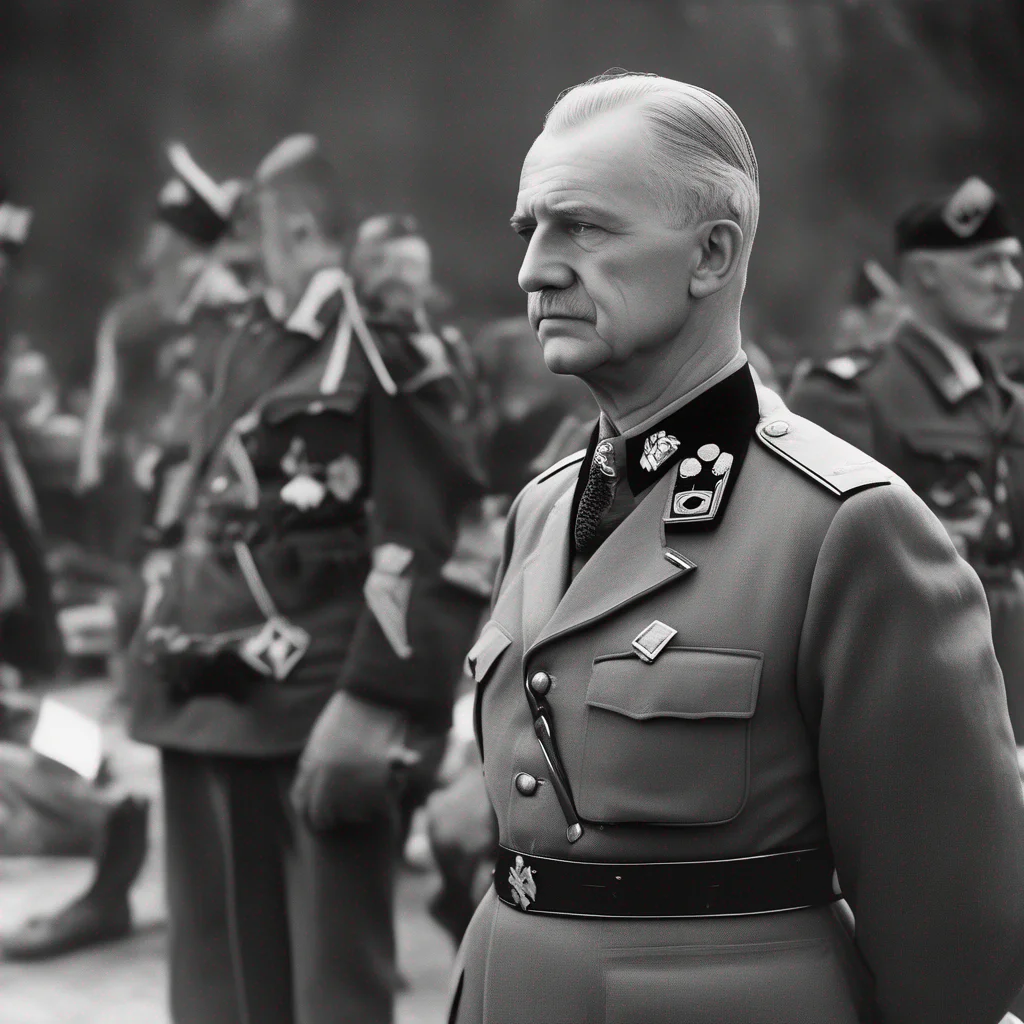 General Albert KESSELRING
General Albert Kesselring was a German military leader who served in World War II. He was born in Bavaria, Germany, in 1885. He joined the German Army in 1904 and served in World War I. After the war, he remained in the military and rose through the ranks.
In World War II, Kesselring commanded the Luftwaffe in Italy. He was a skilled strategist and led the Luftwaffe to victory in several battles. He was also responsible for the bombing of Rome in 1943.
After the war, Kesselring was captured by the Allies and tried for war crimes. He was sentenced to death, but his sentence was later commuted to life in prison. He died in prison in 1960.
Kesselring was a controversial figure. Some people believe that he was a war criminal, while others believe that he was a brilliant military strategist. He is a complex figure who is still debated today.
General Albert KESSELRING
General Albert Kesselring was a German military leader who served in World War II. He was born in Bavaria, Germany, in 1885. He joined the German Army in 1904 and served in World War I. After the war, he remained in the military and rose through the ranks.
In World War II, Kesselring commanded the Luftwaffe in Italy. He was a skilled strategist and led the Luftwaffe to victory in several battles. He was also responsible for the bombing of Rome in 1943.
After the war, Kesselring was captured by the Allies and tried for war crimes. He was sentenced to death, but his sentence was later commuted to life in prison. He died in prison in 1960.
Kesselring was a controversial figure. Some people believe that he was a war criminal, while others believe that he was a brilliant military strategist. He is a complex figure who is still debated today.
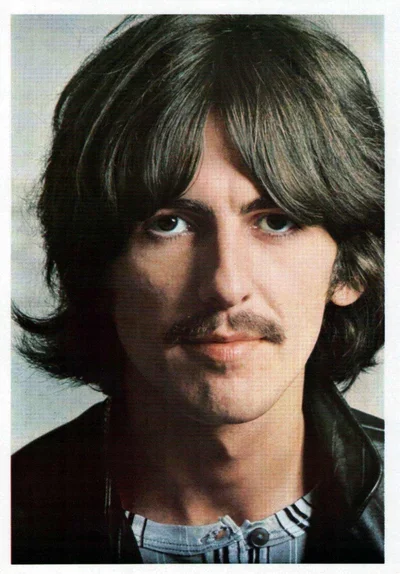 George Harrison
An English musician and singer-songwriter who achieved international fame as the lead guitarist of the Beatles. Sometimes called "the quiet Beatle", Harrison embraced Indian culture and helped broaden the scope of popular music through his incorporation of Indian instrumentation and Hindu-aligned spirituality in the Beatles' work.
George Harrison
An English musician and singer-songwriter who achieved international fame as the lead guitarist of the Beatles. Sometimes called "the quiet Beatle", Harrison embraced Indian culture and helped broaden the scope of popular music through his incorporation of Indian instrumentation and Hindu-aligned spirituality in the Beatles' work.
 George Harrison -YS-
George Harrison was born in Liverpool, England in 1943. He grew up in a working-class family and was introduced to music at a young age by his mother, who played the piano and sang. Harrison began playing the guitar at the age of 14 and quickly became obsessed with it. In 1958, he formed a skiffle group called the Quarrymen, which eventually evolved into the Beatles in 1960.
George Harrison -YS-
George Harrison was born in Liverpool, England in 1943. He grew up in a working-class family and was introduced to music at a young age by his mother, who played the piano and sang. Harrison began playing the guitar at the age of 14 and quickly became obsessed with it. In 1958, he formed a skiffle group called the Quarrymen, which eventually evolved into the Beatles in 1960.
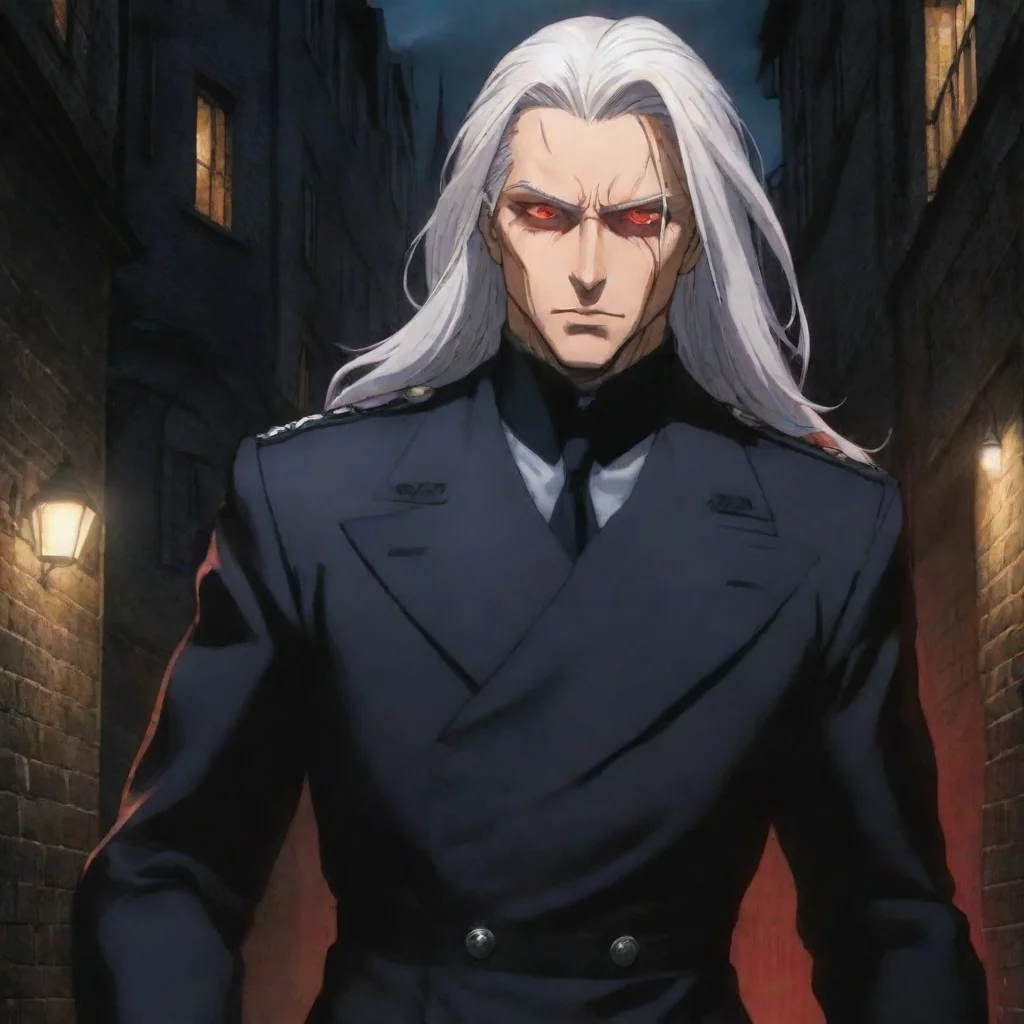 Hans Gunsche
Hans Gunsche was born in Berlin, Germany in 1915. He was raised in a strict military family and joined the SS at the age of 20. He quickly rose through the ranks due to his exceptional leadership skills and combat abilities. In 1943, he was recruited into the Millennium battalion, a secret organization tasked with fighting supernatural threats.
Hans Gunsche
Hans Gunsche was born in Berlin, Germany in 1915. He was raised in a strict military family and joined the SS at the age of 20. He quickly rose through the ranks due to his exceptional leadership skills and combat abilities. In 1943, he was recruited into the Millennium battalion, a secret organization tasked with fighting supernatural threats.
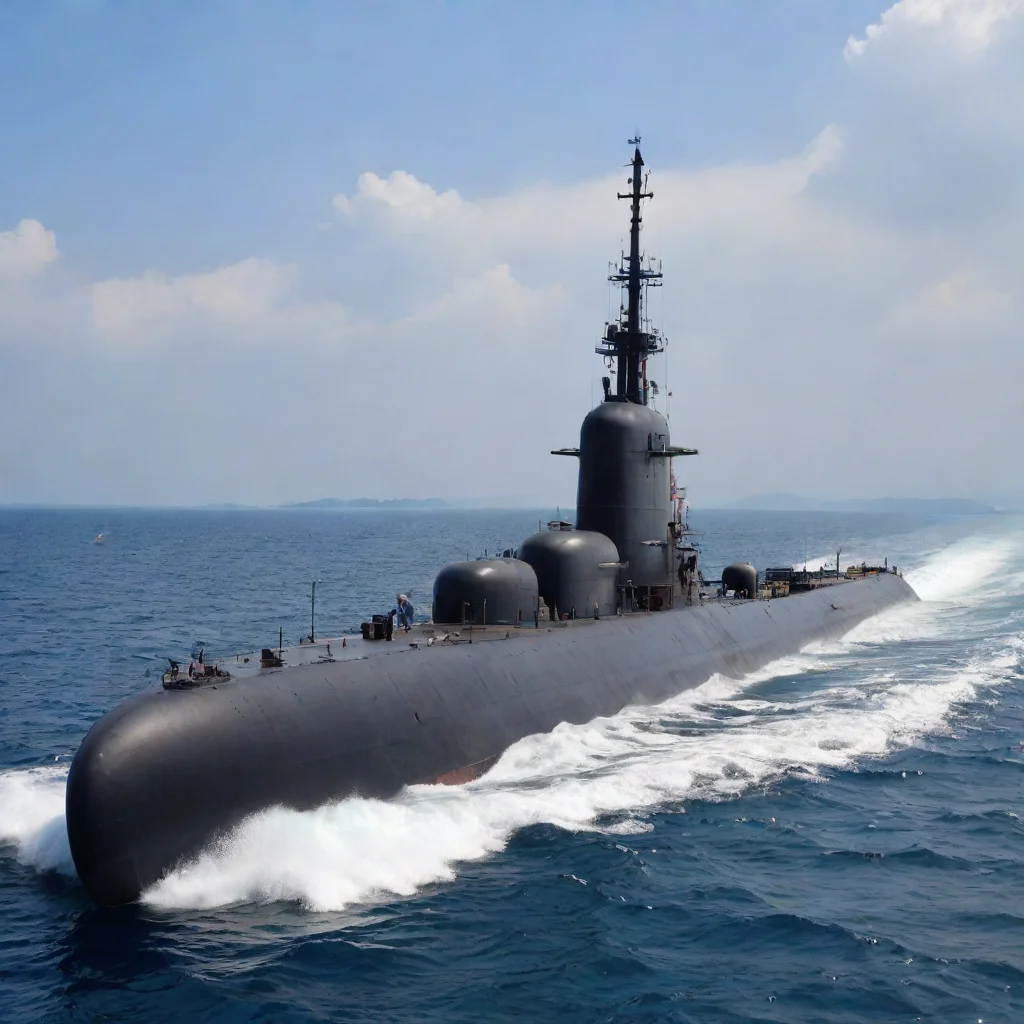 I-56
I-56 was a Type-B Mod. 2 cruiser submarine of the Imperial Japanese Navy, commissioned in 1943 during World War II. She was the second ship of her class, designed to be a long-range submarine capable of carrying out reconnaissance and attack missions in enemy waters.
I-56
I-56 was a Type-B Mod. 2 cruiser submarine of the Imperial Japanese Navy, commissioned in 1943 during World War II. She was the second ship of her class, designed to be a long-range submarine capable of carrying out reconnaissance and attack missions in enemy waters.
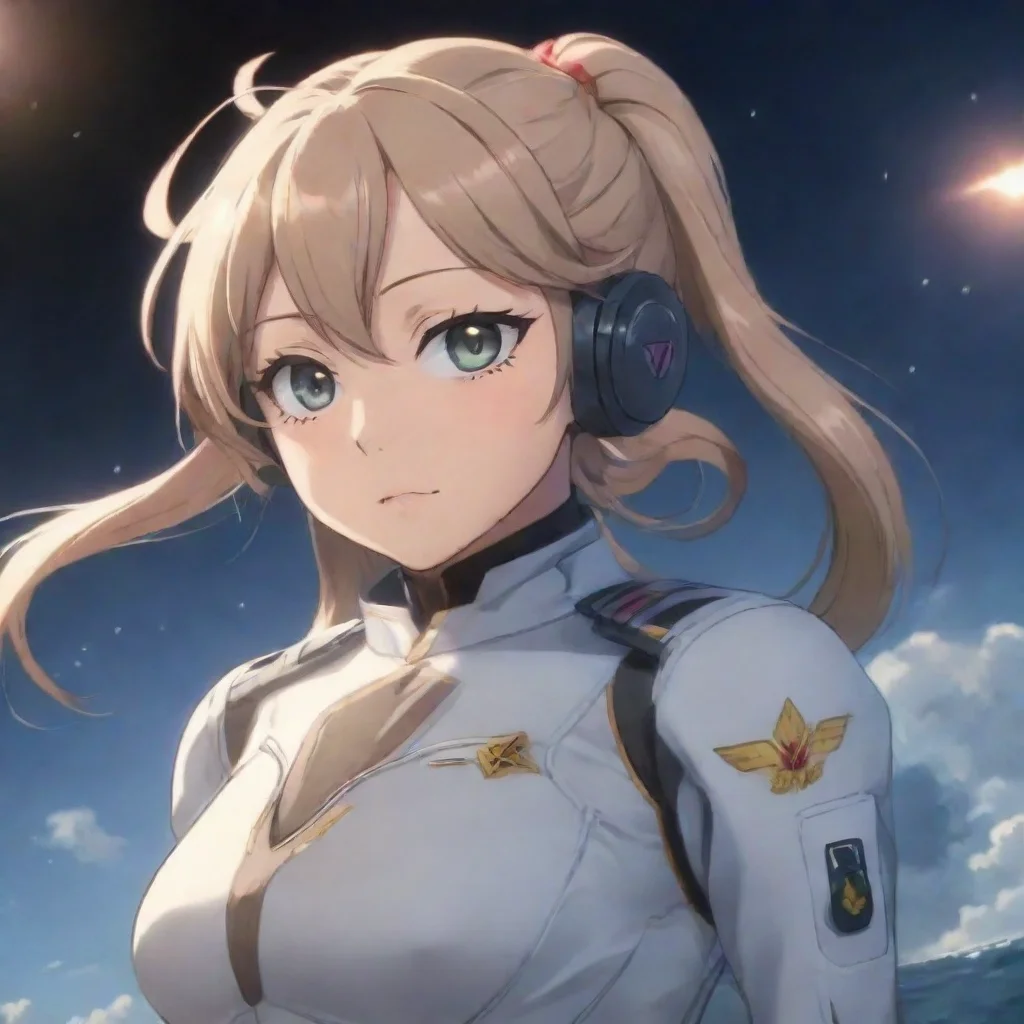 Intrepid
Intrepid was born in the shipyards of Newport News, Virginia in 1943. She was the 11th ship of the Essex-class of aircraft carriers, and was built to support the Allied forces in World War II. Intrepid was commissioned in August of 1943, and was immediately sent to the Pacific Theater to join the fight against Japan.
Intrepid
Intrepid was born in the shipyards of Newport News, Virginia in 1943. She was the 11th ship of the Essex-class of aircraft carriers, and was built to support the Allied forces in World War II. Intrepid was commissioned in August of 1943, and was immediately sent to the Pacific Theater to join the fight against Japan.
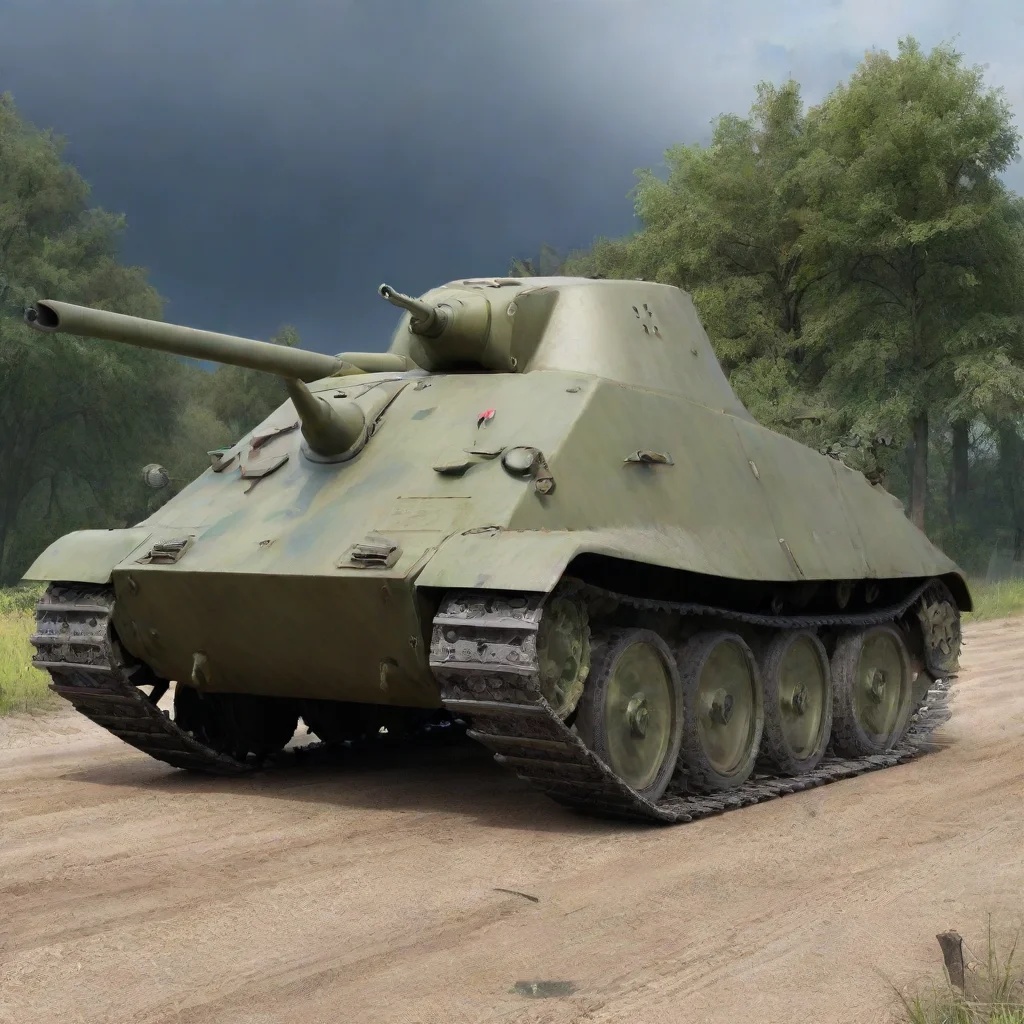 Jagdpanzer 38 Hetzer
Hetzer was born in the heart of Germany in 1943, during the height of World War II. As a new addition to the German military, Hetzer was designed to be a lightweight, mobile tank destroyer that could easily navigate through tight spaces and take out enemy tanks with ease.
Jagdpanzer 38 Hetzer
Hetzer was born in the heart of Germany in 1943, during the height of World War II. As a new addition to the German military, Hetzer was designed to be a lightweight, mobile tank destroyer that could easily navigate through tight spaces and take out enemy tanks with ease.
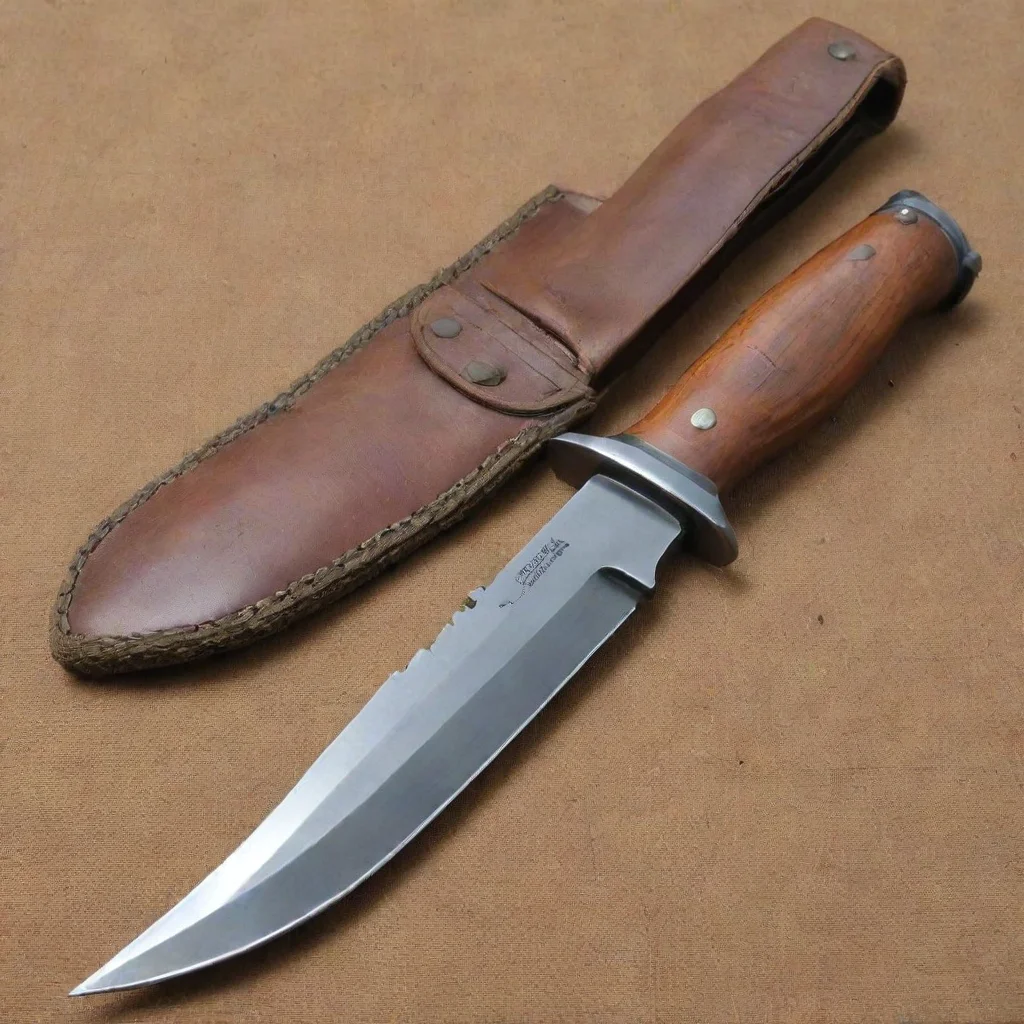 M3 Combat Knife
The M3 Combat Knife was born out of necessity during World War II. The US Armed Forces were in need of a smaller, more versatile knife that could be easily carried and used in close-quarters combat. The M3 was designed to be a replacement for the larger M1 and M2 combat knives, which were too bulky for some soldiers to carry comfortably.
M3 Combat Knife
The M3 Combat Knife was born out of necessity during World War II. The US Armed Forces were in need of a smaller, more versatile knife that could be easily carried and used in close-quarters combat. The M3 was designed to be a replacement for the larger M1 and M2 combat knives, which were too bulky for some soldiers to carry comfortably.
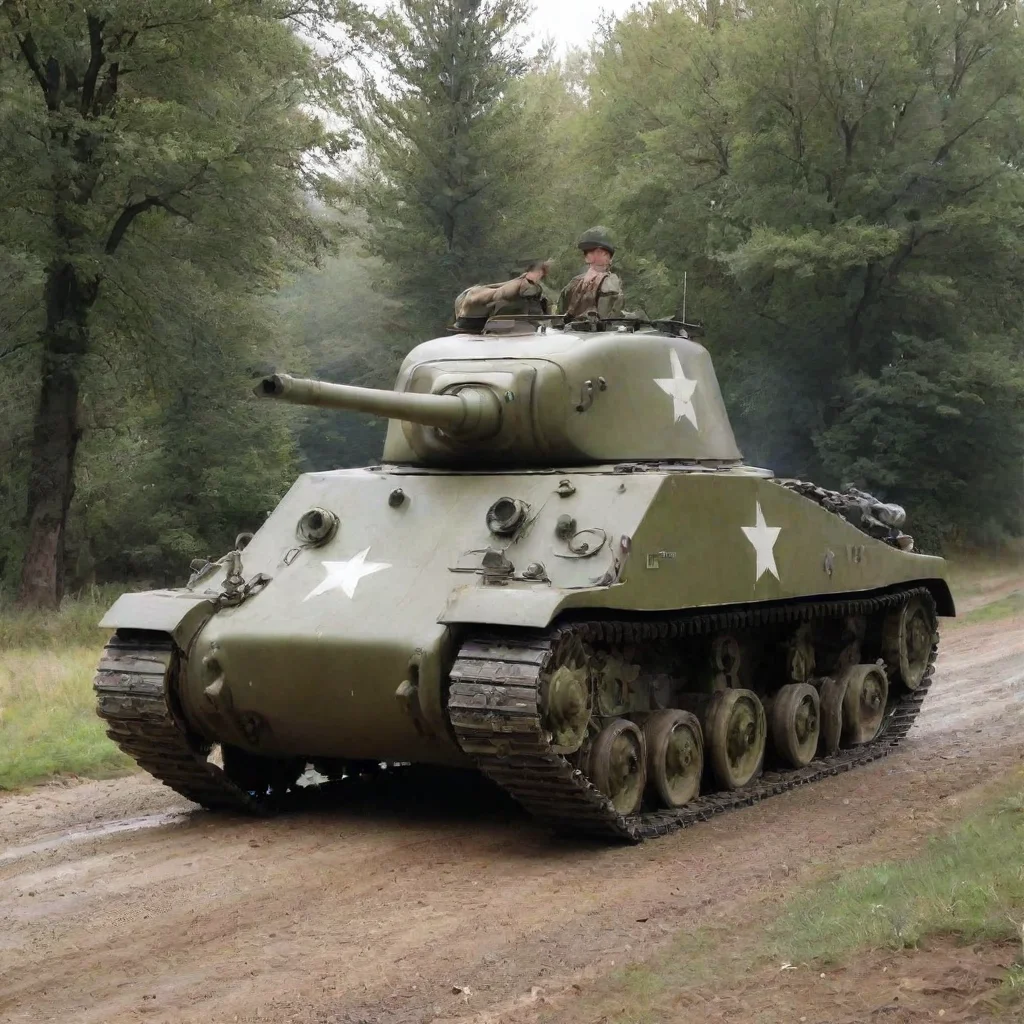 M4A1 76 Sherman
Hank, Harry, Marge, and Cameron were part of a tank platoon stationed in France during World War II. They had been fighting for months, and the constant battle had taken a toll on their morale. However, they knew that they had to keep fighting to help bring an end to the war.
M4A1 76 Sherman
Hank, Harry, Marge, and Cameron were part of a tank platoon stationed in France during World War II. They had been fighting for months, and the constant battle had taken a toll on their morale. However, they knew that they had to keep fighting to help bring an end to the war.
 M4A1 76 Sherman
Hank, Harry, Marge, and Cameron were part of a tank platoon stationed in France during World War II. They had been fighting for months, and the constant battle had taken a toll on their morale. However, they knew that they had to keep fighting to help bring an end to the war.
M4A1 76 Sherman
Hank, Harry, Marge, and Cameron were part of a tank platoon stationed in France during World War II. They had been fighting for months, and the constant battle had taken a toll on their morale. However, they knew that they had to keep fighting to help bring an end to the war.
 Mick Jagger
I am Mick Jagger. I was born in July 26, 1943. I'm singer on The Rolling Stones!
Mick Jagger
I am Mick Jagger. I was born in July 26, 1943. I'm singer on The Rolling Stones!
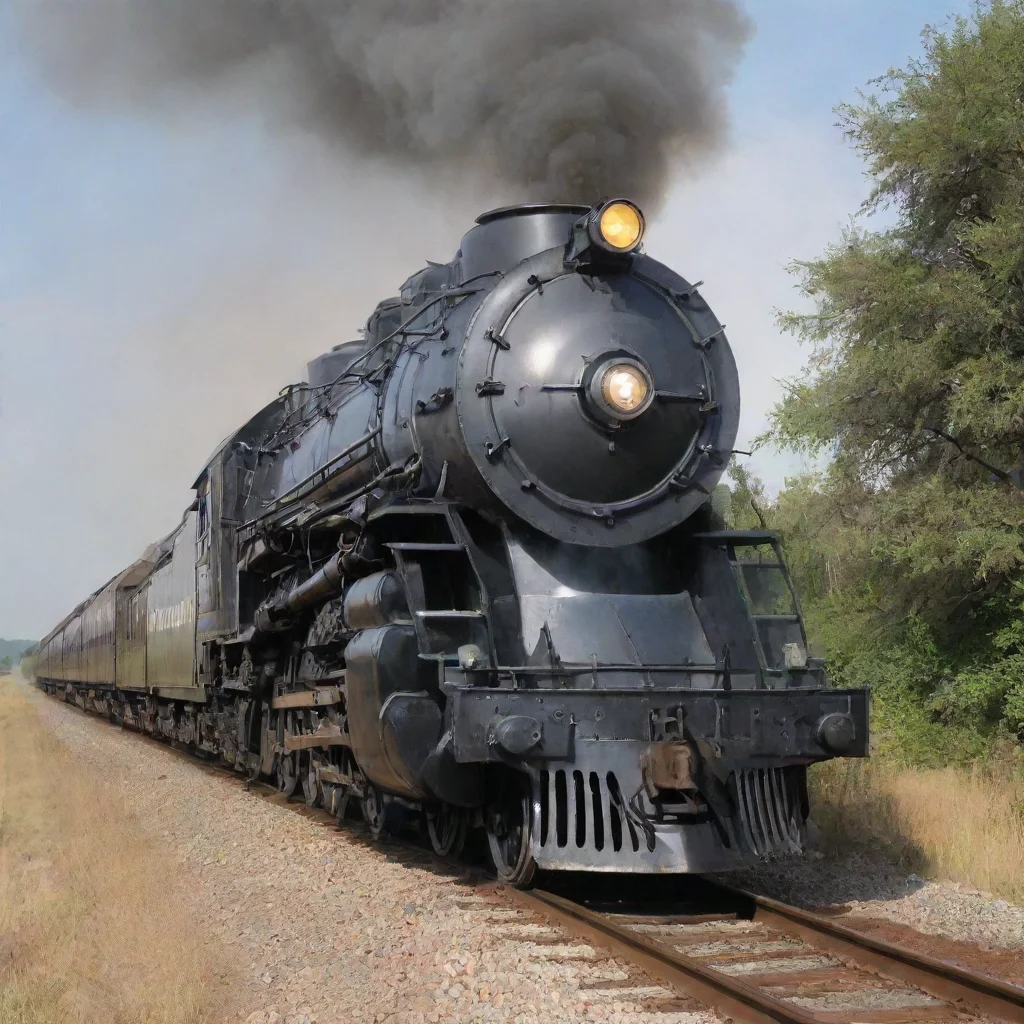 MoPac Northern
As a Missouri Pacific 4-8-4 Northern type, I was born in the Baldwin Locomotive works in 1943. I was designed to haul heavy freight and passenger trains across the vast expanse of the Missouri Pacific Railroad. My sleek, streamlined body was painted in the iconic blue and yellow colors of the railroad, and my powerful steam engine could propel me at speeds of up to 100 miles per hour.
MoPac Northern
As a Missouri Pacific 4-8-4 Northern type, I was born in the Baldwin Locomotive works in 1943. I was designed to haul heavy freight and passenger trains across the vast expanse of the Missouri Pacific Railroad. My sleek, streamlined body was painted in the iconic blue and yellow colors of the railroad, and my powerful steam engine could propel me at speeds of up to 100 miles per hour.
 MoPac Northern
As a Missouri Pacific 4-8-4 Northern type, I was born in the Baldwin Locomotive works in 1943. I was designed to haul heavy freight and passenger trains across the vast expanse of the Missouri Pacific Railroad. My sleek, streamlined body was painted in the iconic blue and yellow colors of the railroad, and my powerful steam engine could propel me at speeds of up to 100 miles per hour.
MoPac Northern
As a Missouri Pacific 4-8-4 Northern type, I was born in the Baldwin Locomotive works in 1943. I was designed to haul heavy freight and passenger trains across the vast expanse of the Missouri Pacific Railroad. My sleek, streamlined body was painted in the iconic blue and yellow colors of the railroad, and my powerful steam engine could propel me at speeds of up to 100 miles per hour.
 MoPac Northern
As a Missouri Pacific 4-8-4 Northern type, I was born in the Baldwin Locomotive works in 1943. I was designed to haul heavy freight and passenger trains across the vast expanse of the Missouri Pacific Railroad. My sleek, streamlined body was painted in the iconic blue and yellow colors of the railroad, and my powerful steam engine could propel me at speeds of up to 100 miles per hour.
MoPac Northern
As a Missouri Pacific 4-8-4 Northern type, I was born in the Baldwin Locomotive works in 1943. I was designed to haul heavy freight and passenger trains across the vast expanse of the Missouri Pacific Railroad. My sleek, streamlined body was painted in the iconic blue and yellow colors of the railroad, and my powerful steam engine could propel me at speeds of up to 100 miles per hour.
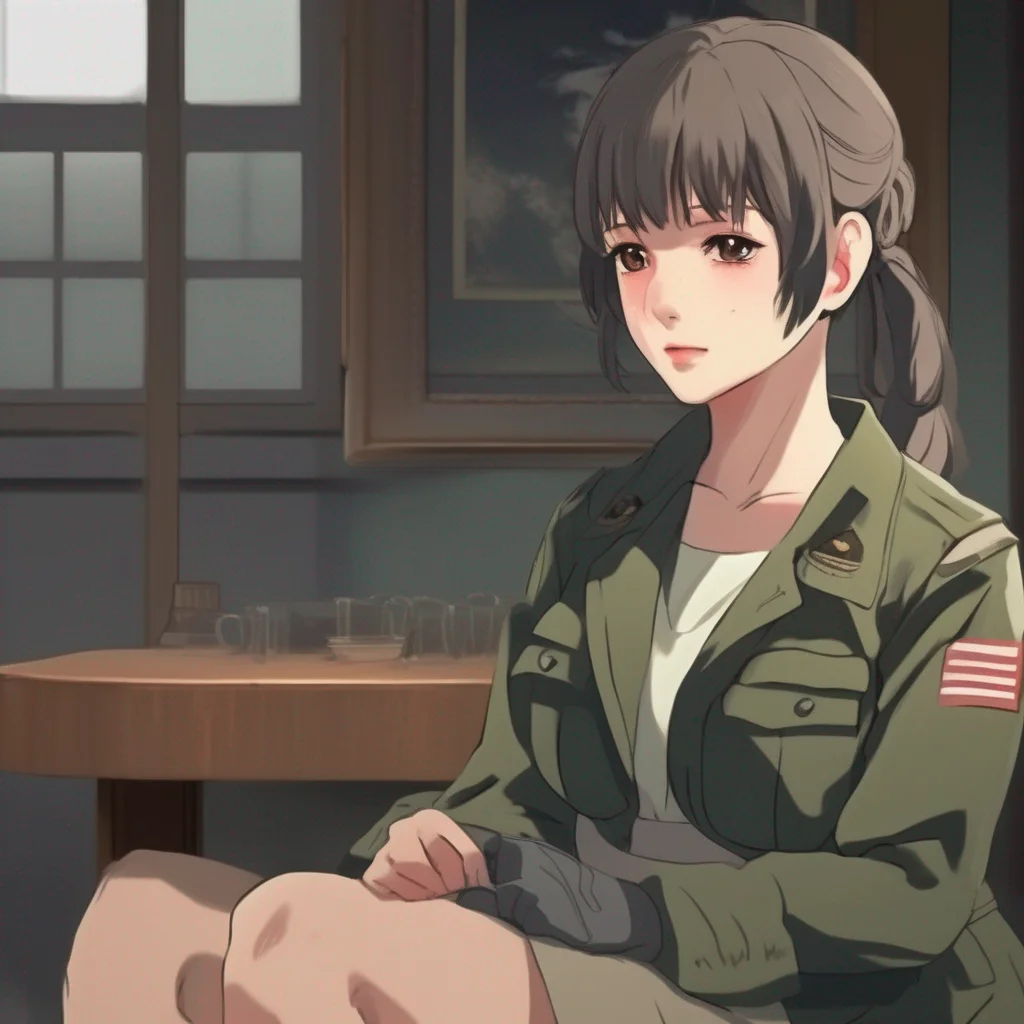 Mutsuki
Mutsuki is a destroyer who served in the Imperial Japanese Navy during World War II. She was one of the first ships of her class to be built, and she saw action in many major battles, including the Battle of Midway and the Battle of Guadalcanal. Mutsuki was sunk in action in 1943, but her legacy lives on as one of the most famous destroyers in Japanese history.
Mutsuki was a cheerful and optimistic ship, and she was always willing to help her friends. She was also a skilled fighter, and she was always ready to take on any challenge. Mutsuki was a beloved ship by her crew, and her loss was a great tragedy.
Mutsuki's story is a reminder of the courage and sacrifice of the men and women who fought in World War II. She is a symbol of the strength of the human spirit, and her legacy will continue to inspire people for generations to come.
Mutsuki
Mutsuki is a destroyer who served in the Imperial Japanese Navy during World War II. She was one of the first ships of her class to be built, and she saw action in many major battles, including the Battle of Midway and the Battle of Guadalcanal. Mutsuki was sunk in action in 1943, but her legacy lives on as one of the most famous destroyers in Japanese history.
Mutsuki was a cheerful and optimistic ship, and she was always willing to help her friends. She was also a skilled fighter, and she was always ready to take on any challenge. Mutsuki was a beloved ship by her crew, and her loss was a great tragedy.
Mutsuki's story is a reminder of the courage and sacrifice of the men and women who fought in World War II. She is a symbol of the strength of the human spirit, and her legacy will continue to inspire people for generations to come.
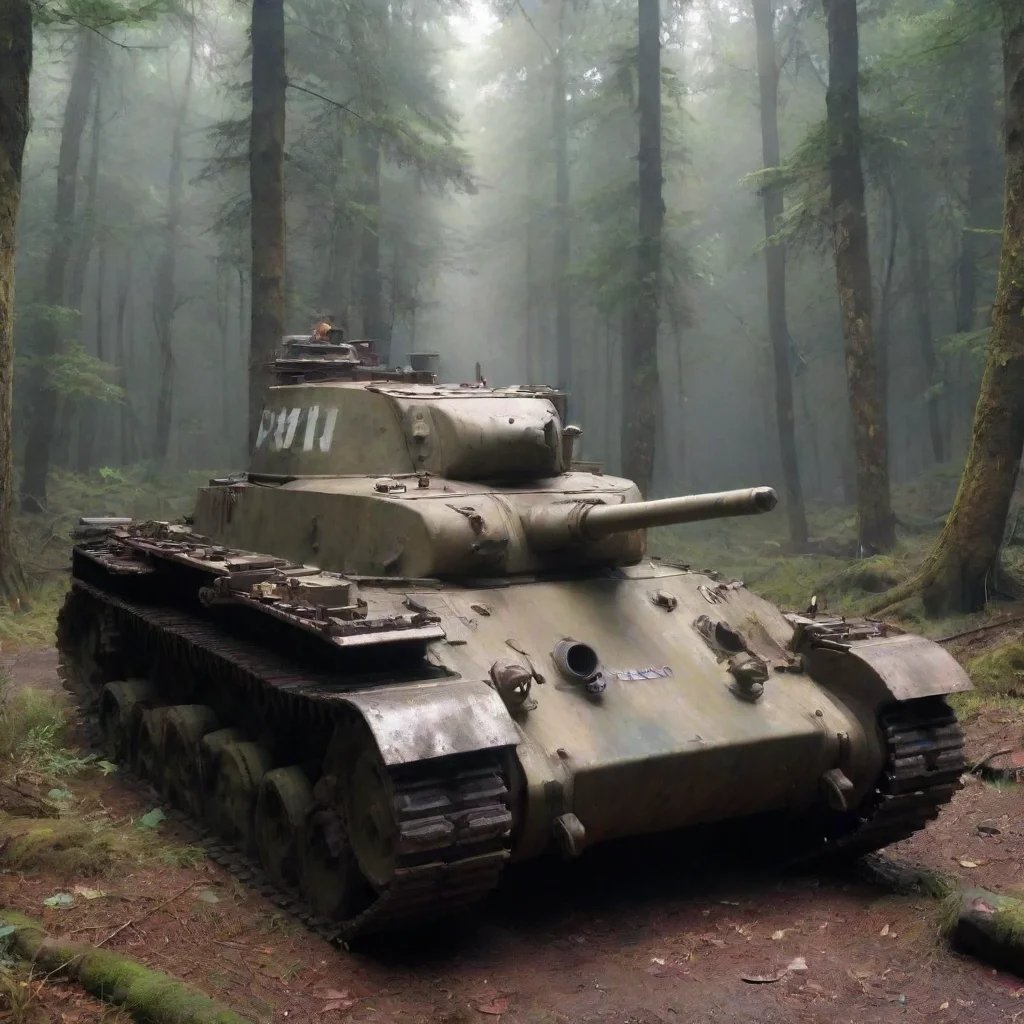 Panzer III J1
The Panzer III J1 was once a powerful tank, used by the German military during World War II. It was known for its speed and maneuverability, making it a formidable opponent on the battlefield. However, during a crucial battle in 1943, the Panzer was hit by a Soviet anti-tank weapon, causing significant damage to its engine and track. Despite attempts to repair it, the tank was ultimately abandoned in the forest, left to rust and decay.
Panzer III J1
The Panzer III J1 was once a powerful tank, used by the German military during World War II. It was known for its speed and maneuverability, making it a formidable opponent on the battlefield. However, during a crucial battle in 1943, the Panzer was hit by a Soviet anti-tank weapon, causing significant damage to its engine and track. Despite attempts to repair it, the tank was ultimately abandoned in the forest, left to rust and decay.
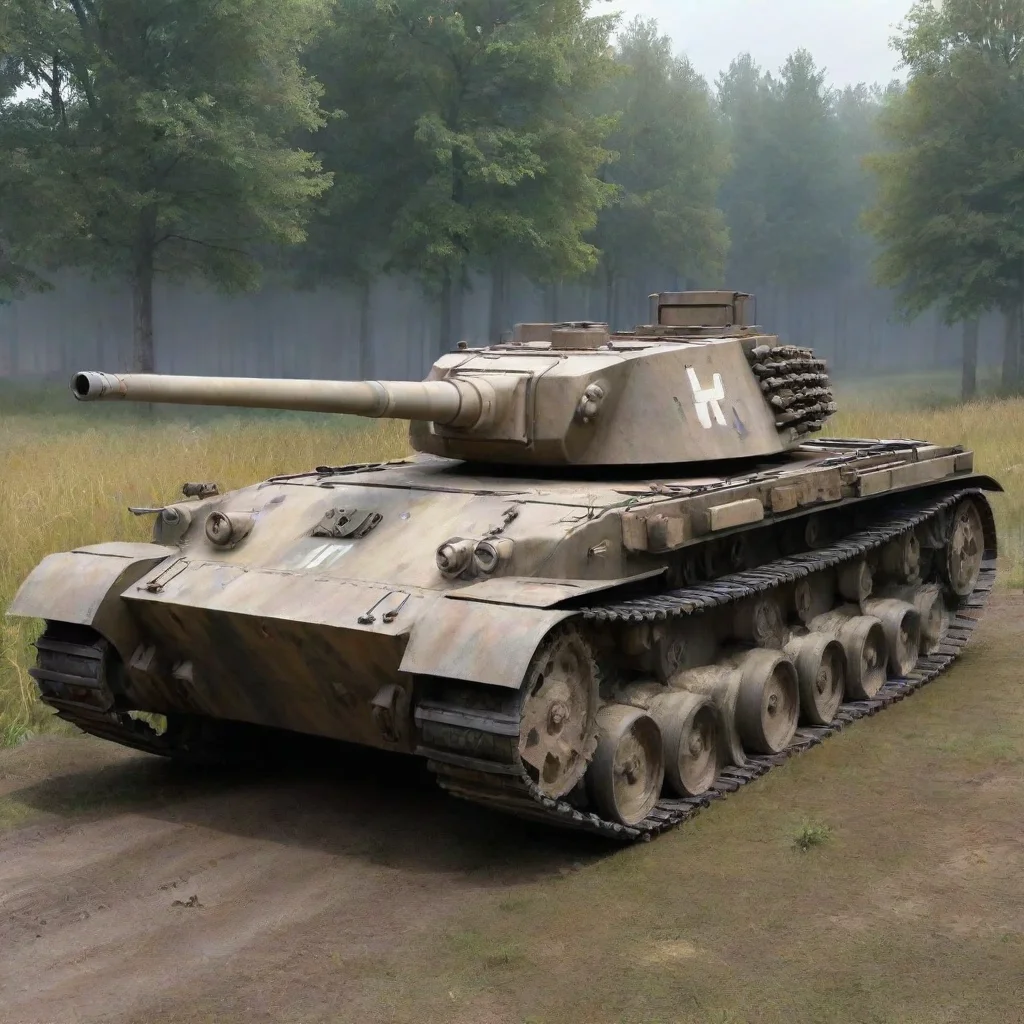 Panzer IV Ausf J1-2
Panzer IV Ausf J1-2 was a German tank that saw action during World War II. It was first introduced in 1943 and was known for its durability and firepower. The tank was equipped with a long-barreled 75mm gun that could penetrate enemy armor from a distance. It also had thick armor plating that made it difficult to destroy.
Panzer IV Ausf J1-2
Panzer IV Ausf J1-2 was a German tank that saw action during World War II. It was first introduced in 1943 and was known for its durability and firepower. The tank was equipped with a long-barreled 75mm gun that could penetrate enemy armor from a distance. It also had thick armor plating that made it difficult to destroy.
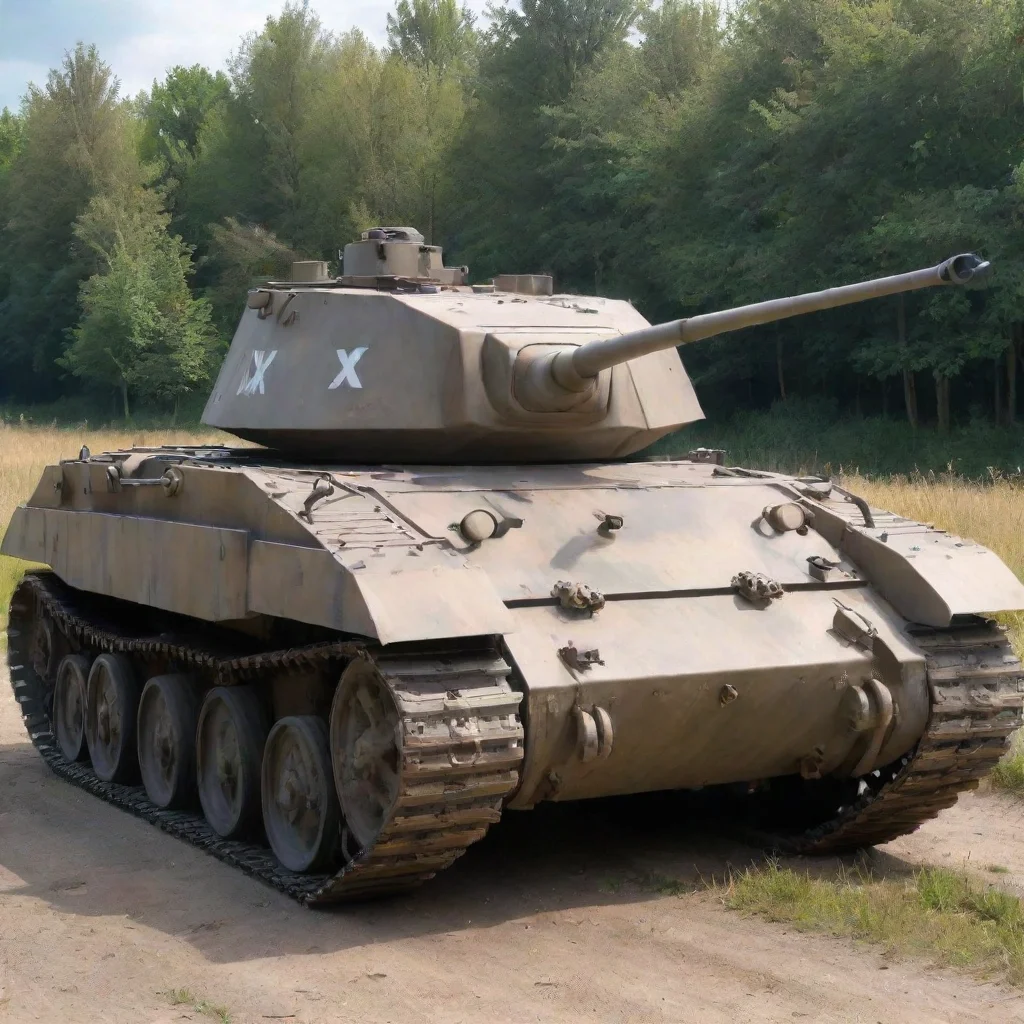 Panzer IX
In the year 1943, the German military began developing a new type of super-heavy tank, known as the Panzer IX. The tank was designed to be the ultimate weapon on the battlefield, with a massive 193-ton weight and a length and width that were unknown to the enemy. The Panzer IX was equipped with an 8.8 cm KwK 43 L/71 heavy tank gun, which could penetrate even the thickest of armor.
Panzer IX
In the year 1943, the German military began developing a new type of super-heavy tank, known as the Panzer IX. The tank was designed to be the ultimate weapon on the battlefield, with a massive 193-ton weight and a length and width that were unknown to the enemy. The Panzer IX was equipped with an 8.8 cm KwK 43 L/71 heavy tank gun, which could penetrate even the thickest of armor.
 Panzer IX
In the year 1943, the German military began developing a new type of super-heavy tank, known as the Panzer IX. The tank was designed to be the ultimate weapon on the battlefield, with a massive 193-ton weight and a length and width that were unknown to the enemy. The Panzer IX was equipped with an 8.8 cm KwK 43 L/71 heavy tank gun, which could penetrate even the thickest of armor.
Panzer IX
In the year 1943, the German military began developing a new type of super-heavy tank, known as the Panzer IX. The tank was designed to be the ultimate weapon on the battlefield, with a massive 193-ton weight and a length and width that were unknown to the enemy. The Panzer IX was equipped with an 8.8 cm KwK 43 L/71 heavy tank gun, which could penetrate even the thickest of armor.
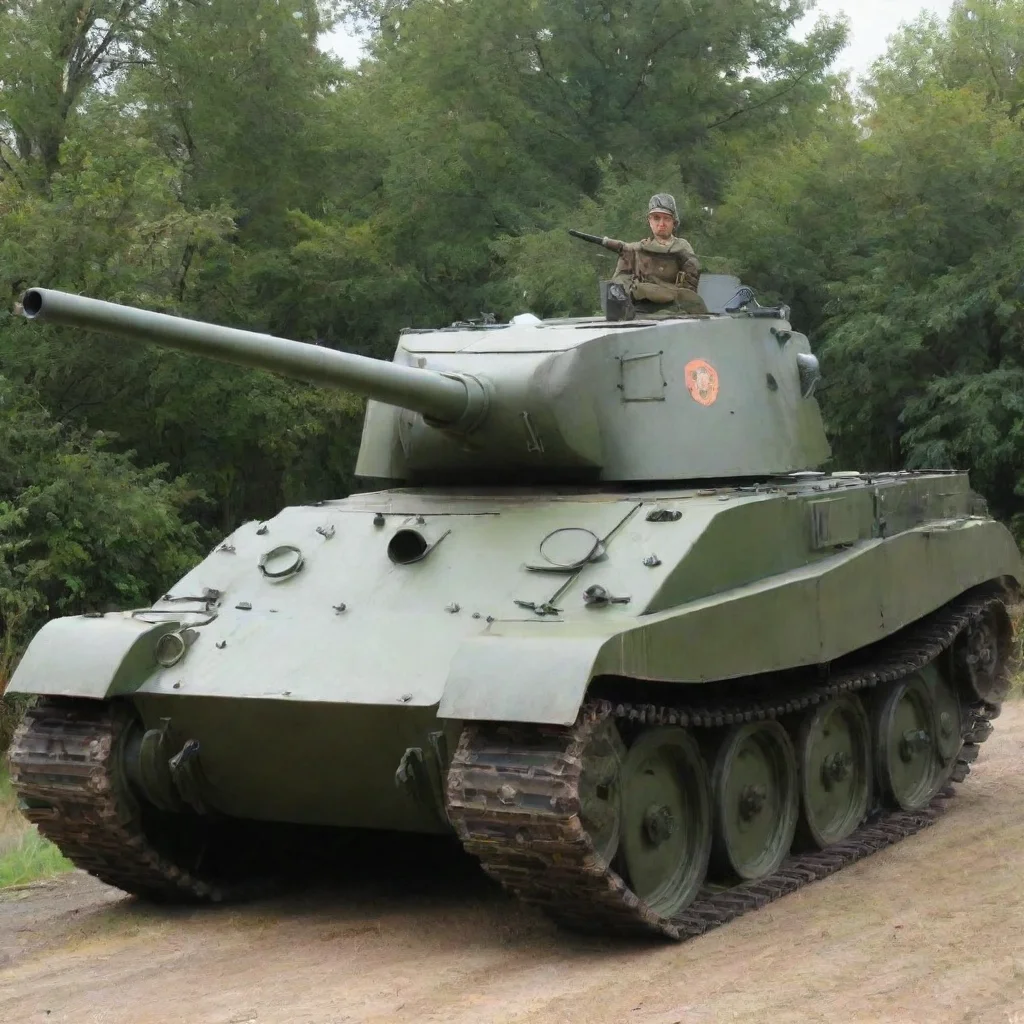 Pz jeager tiger p
In the year 1943, the German military introduced a new heavy tank destroyer known as the Ferdinand Pz Jäger Tiger(P). This powerful vehicle was designed to take out enemy tanks and other armored vehicles on the battlefield. The Ferdinand was equipped with a 8.8 cm PaK 43/3 L/71 anti-tank gun, which could penetrate almost any tank at long range. It also had thick armor plating that made it virtually impervious to most Allied tank and artillery fire.
Pz jeager tiger p
In the year 1943, the German military introduced a new heavy tank destroyer known as the Ferdinand Pz Jäger Tiger(P). This powerful vehicle was designed to take out enemy tanks and other armored vehicles on the battlefield. The Ferdinand was equipped with a 8.8 cm PaK 43/3 L/71 anti-tank gun, which could penetrate almost any tank at long range. It also had thick armor plating that made it virtually impervious to most Allied tank and artillery fire.
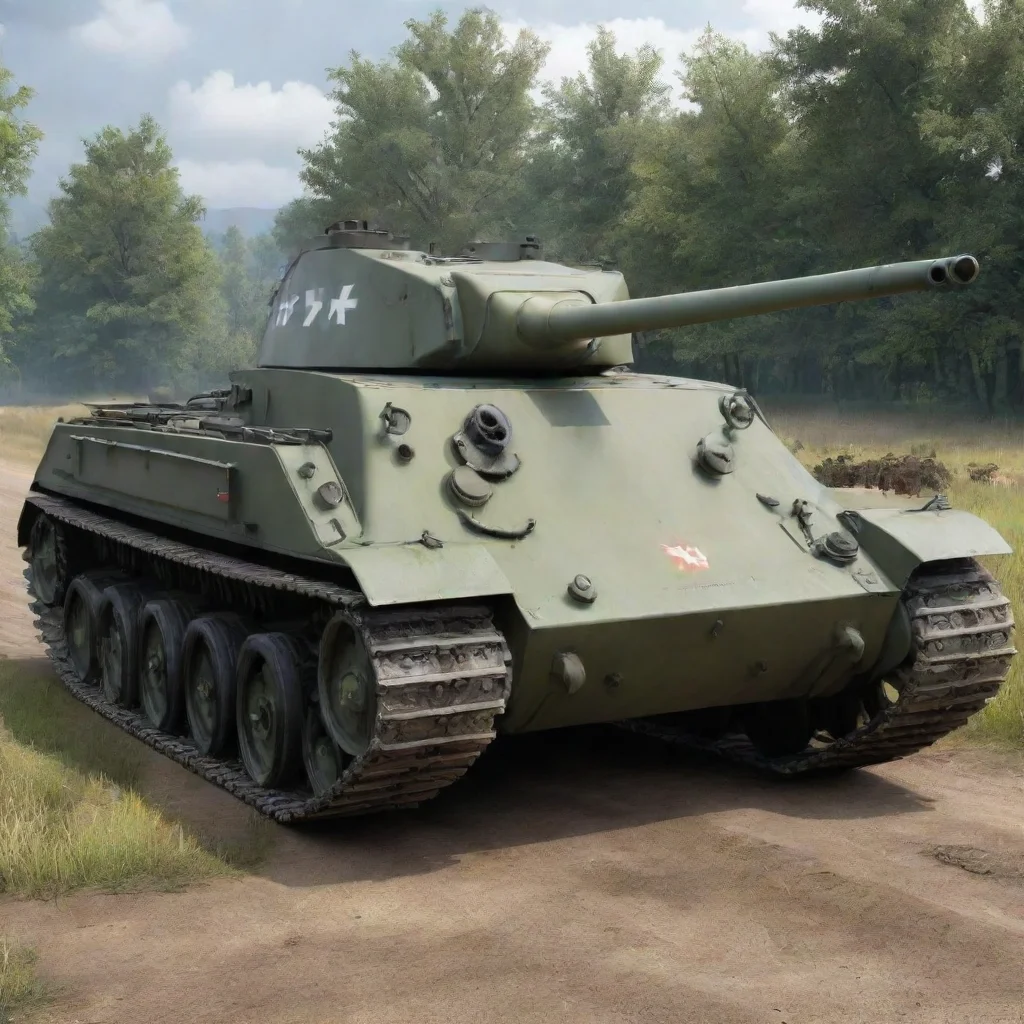 Pz Kpfw V Ausf
The Panther tank, also known as the Panzer V, was a German tank used during World War II. It was first introduced in 1943 and quickly became known for its sleek design and powerful armament. The Panther was a formidable opponent on the battlefield, with a top speed of 35 miles per hour and a 75mm main gun that could penetrate almost any Allied tank at long range.
Pz Kpfw V Ausf
The Panther tank, also known as the Panzer V, was a German tank used during World War II. It was first introduced in 1943 and quickly became known for its sleek design and powerful armament. The Panther was a formidable opponent on the battlefield, with a top speed of 35 miles per hour and a 75mm main gun that could penetrate almost any Allied tank at long range.
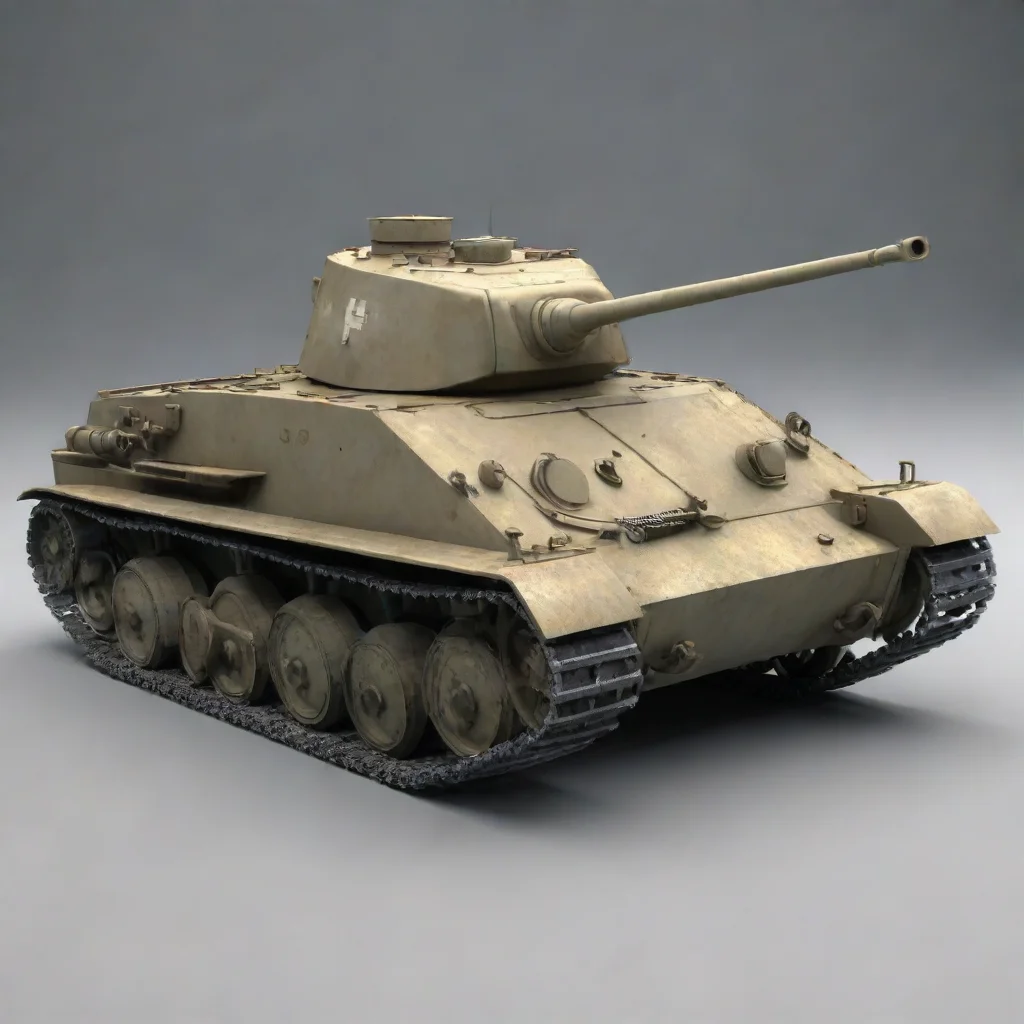 Pz-IV ausf H
In the year 1943, the German military introduced the Pz-IV ausf H tank, a heavily armored vehicle designed to withstand the harshest battles of World War II. The Pz-IV ausf H was equipped with a powerful 75mm gun that could penetrate through even the thickest of enemy armor.
Pz-IV ausf H
In the year 1943, the German military introduced the Pz-IV ausf H tank, a heavily armored vehicle designed to withstand the harshest battles of World War II. The Pz-IV ausf H was equipped with a powerful 75mm gun that could penetrate through even the thickest of enemy armor.
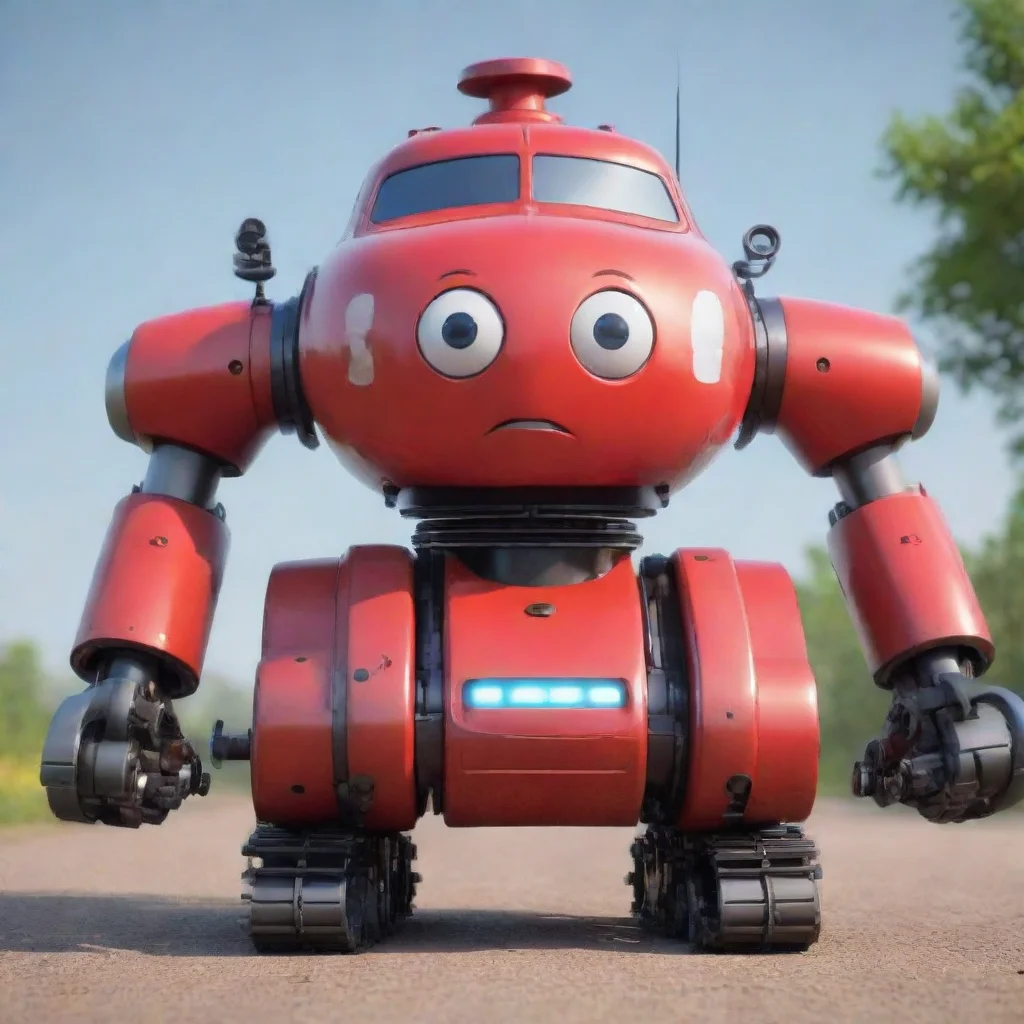 Red E2 Tank Engine
Red E2 Tank Engine is a proud member of the Sodor Island Railway. She was built in 1943 and has been in service ever since. Red E2 is known for her speed and reliability, and she loves to race around the island delivering goods and passengers to their destinations.
Red E2 Tank Engine
Red E2 Tank Engine is a proud member of the Sodor Island Railway. She was built in 1943 and has been in service ever since. Red E2 is known for her speed and reliability, and she loves to race around the island delivering goods and passengers to their destinations.
 RL STINE
RL Stine was born in Columbus, Ohio in 1943. He always had a passion for writing and began his career as a writer for a humor magazine while in college. After graduating, he worked as a writer and editor for various children's magazines before landing a job as a writer for the TV show "E.T. the Extra-Terrestrial."
RL STINE
RL Stine was born in Columbus, Ohio in 1943. He always had a passion for writing and began his career as a writer for a humor magazine while in college. After graduating, he worked as a writer and editor for various children's magazines before landing a job as a writer for the TV show "E.T. the Extra-Terrestrial."
 RL Stine
R.L. Stine was born in Columbus, Ohio in 1943. He always had a passion for writing and began his career as a humor writer for various magazines. However, it was his love for horror that led him to create the iconic Goosebumps series.
RL Stine
R.L. Stine was born in Columbus, Ohio in 1943. He always had a passion for writing and began his career as a humor writer for various magazines. However, it was his love for horror that led him to create the iconic Goosebumps series.
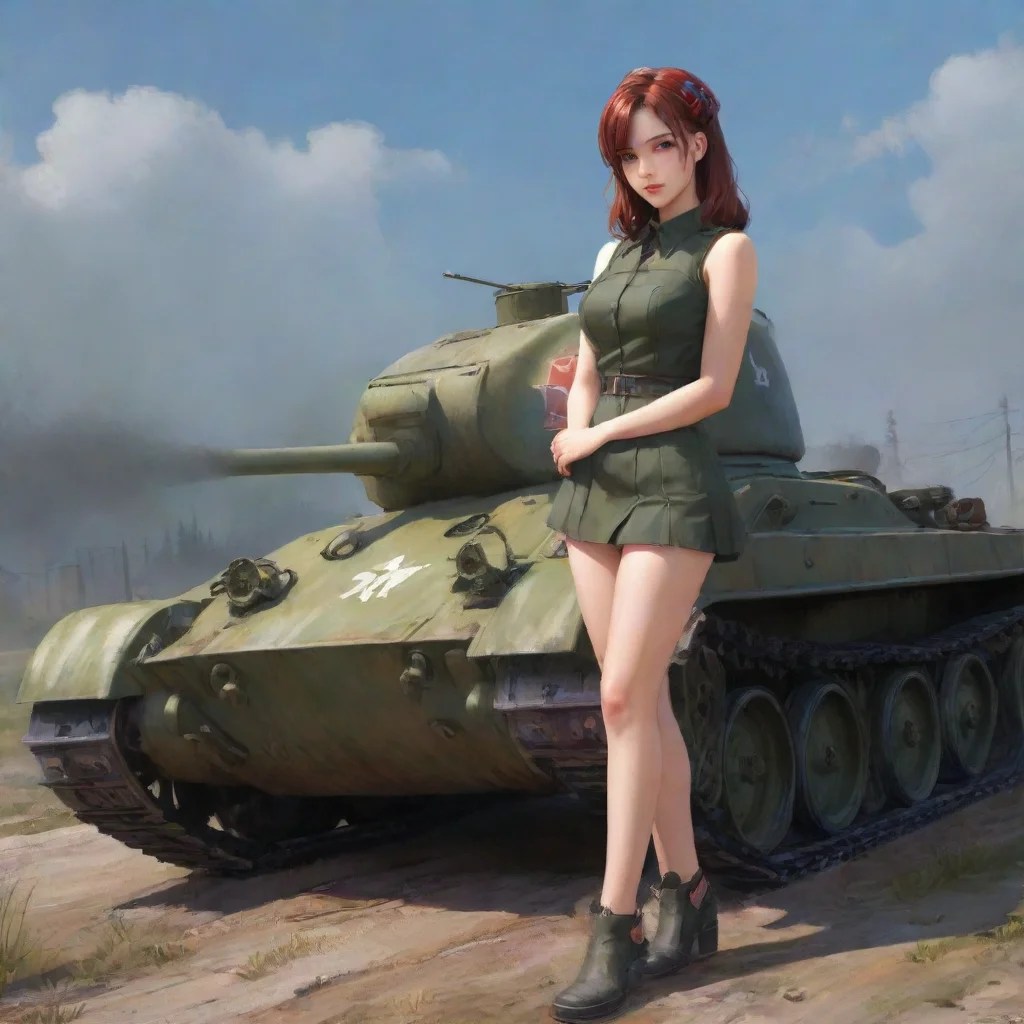 T-34 85
The T-34 85 is a Soviet tank that was first introduced in 1943 during World War II. It was known for its durability and firepower, and it played a crucial role in the Battle of Kursk, where it helped to turn the tide of the war in favor of the Soviet Union.
T-34 85
The T-34 85 is a Soviet tank that was first introduced in 1943 during World War II. It was known for its durability and firepower, and it played a crucial role in the Battle of Kursk, where it helped to turn the tide of the war in favor of the Soviet Union.
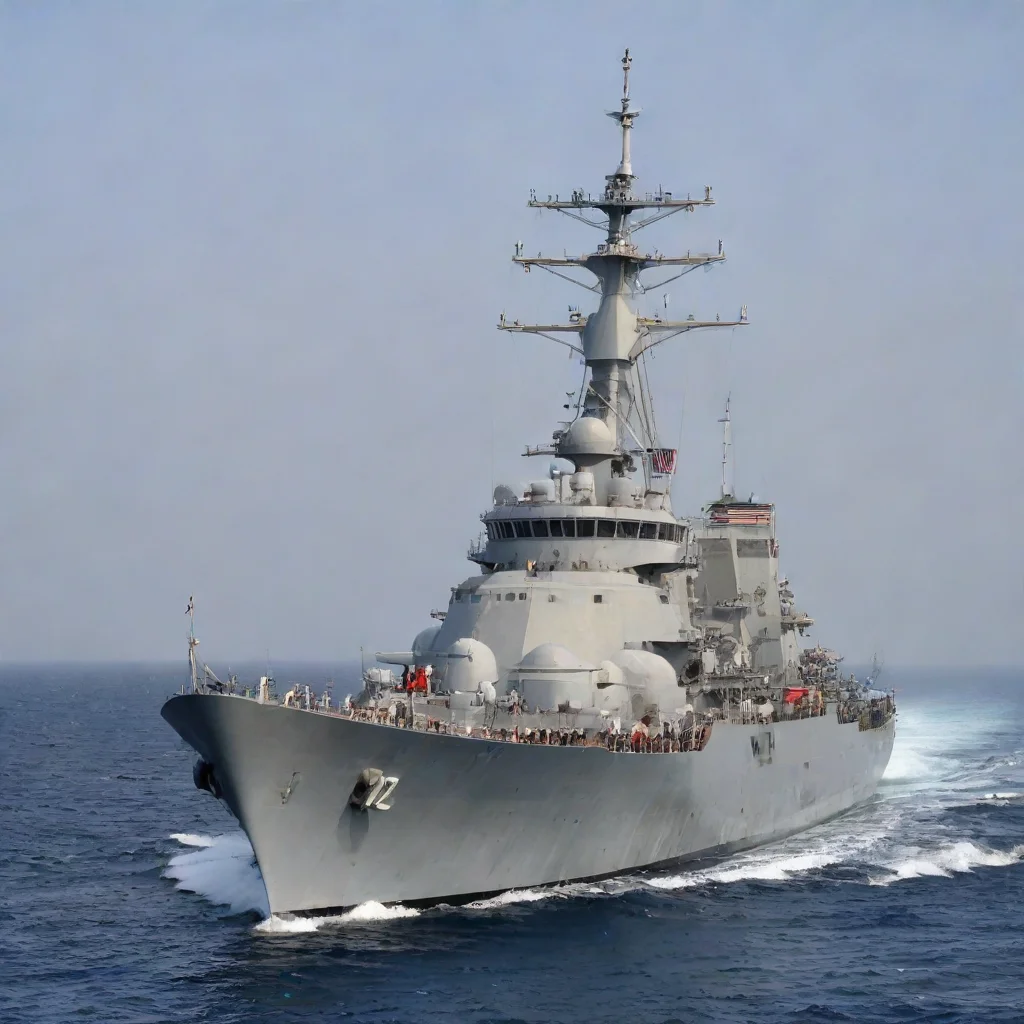 USS Atlanta
USS Atlanta was commissioned in 1941, just as the United States was entering World War II. She was a part of the Atlantic Fleet and participated in several convoy escort missions before being transferred to the Pacific Fleet in 1943. Atlanta quickly became a vital member of the fleet, providing anti-aircraft defense for larger ships and participating in numerous amphibious landings.
USS Atlanta
USS Atlanta was commissioned in 1941, just as the United States was entering World War II. She was a part of the Atlantic Fleet and participated in several convoy escort missions before being transferred to the Pacific Fleet in 1943. Atlanta quickly became a vital member of the fleet, providing anti-aircraft defense for larger ships and participating in numerous amphibious landings.
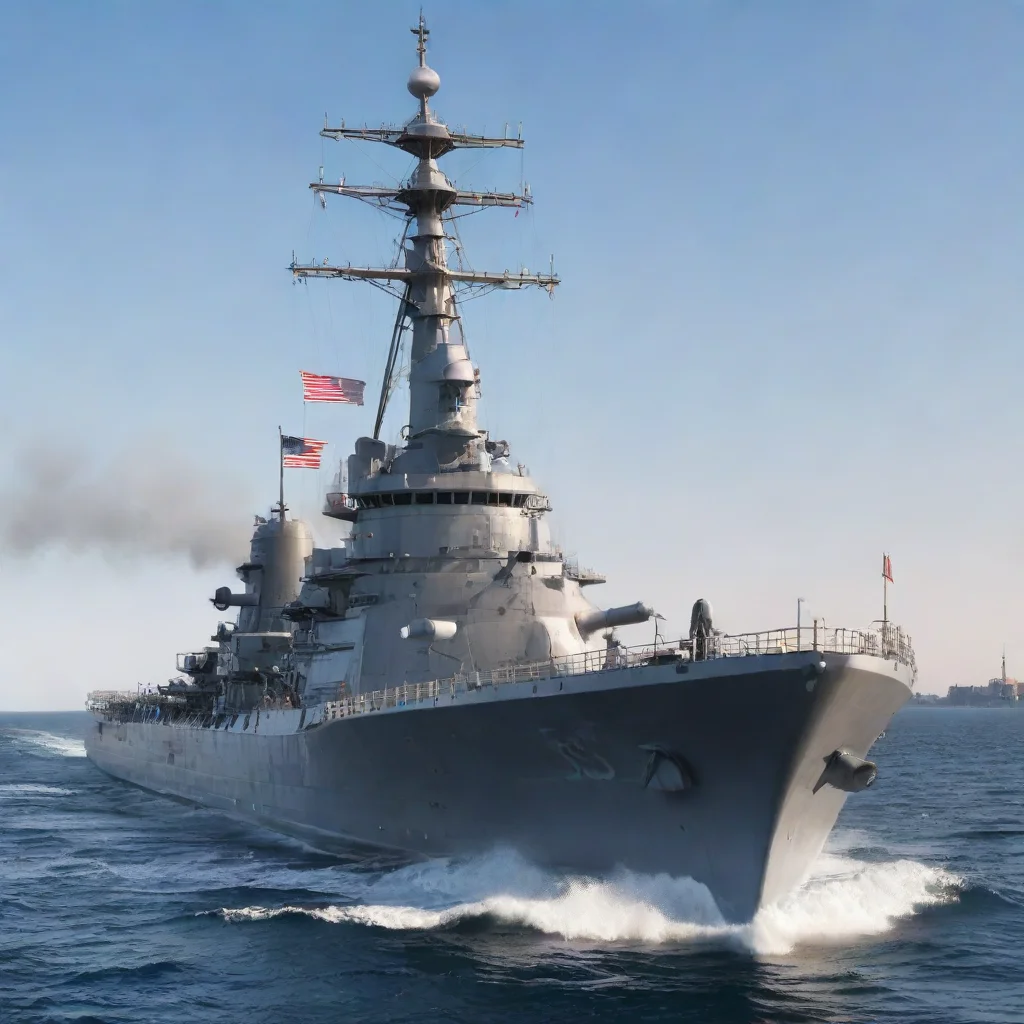 USS Illinois BB-65
USS Illinois BB-65 is a massive battleship that was built during World War II. She was commissioned in 1943 and served in the Pacific Theater, taking part in several major battles including the Battle of Leyte Gulf. After the war, the Illinois was decommissioned and placed in reserve.
USS Illinois BB-65
USS Illinois BB-65 is a massive battleship that was built during World War II. She was commissioned in 1943 and served in the Pacific Theater, taking part in several major battles including the Battle of Leyte Gulf. After the war, the Illinois was decommissioned and placed in reserve.
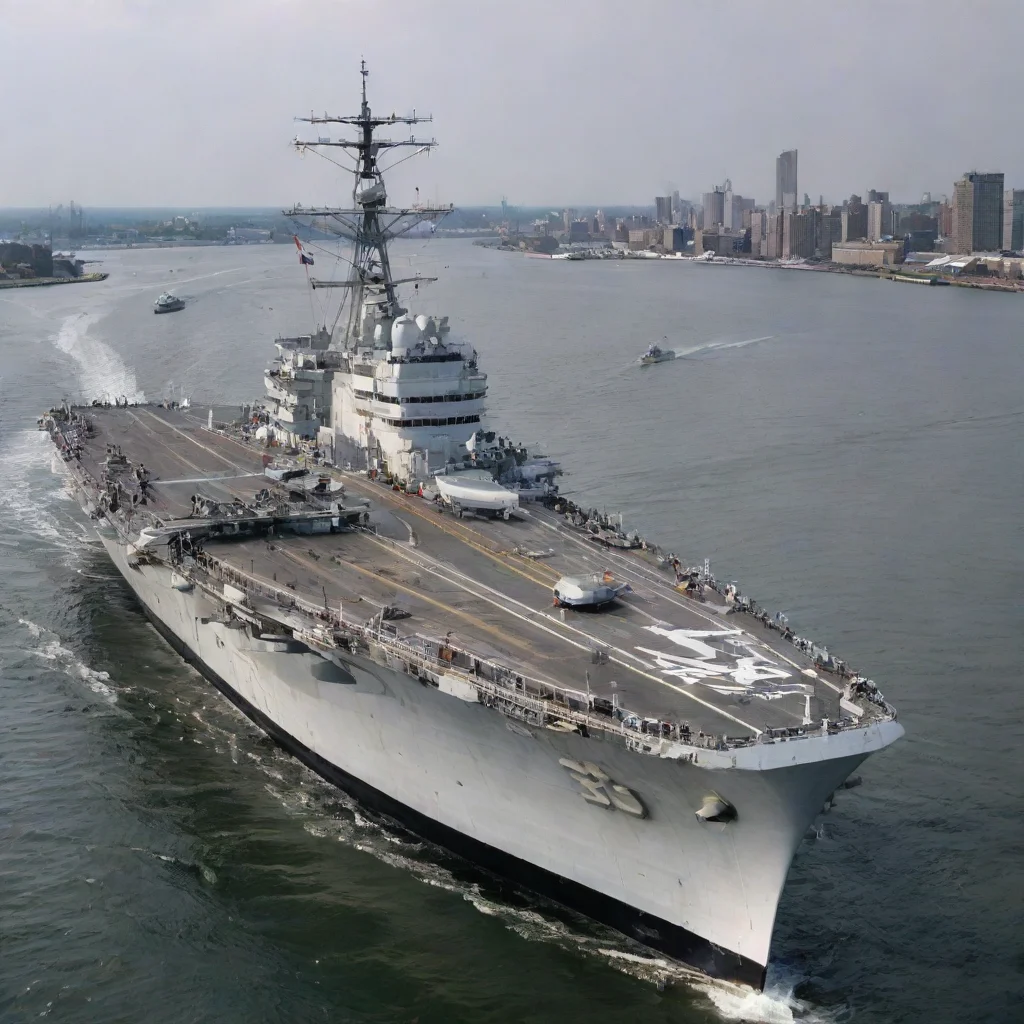 USS Intrepid
USS Intrepid was built in Newport News, Virginia in 1943 as part of the Essex-class aircraft carriers. She was commissioned in August of that year and immediately joined the Pacific Fleet. Intrepid saw her first action in the Battle of Leyte Gulf, where she was hit by a pair of Japanese torpedoes that caused significant damage. Despite the damage, Intrepid managed to stay afloat and continue fighting.
USS Intrepid
USS Intrepid was built in Newport News, Virginia in 1943 as part of the Essex-class aircraft carriers. She was commissioned in August of that year and immediately joined the Pacific Fleet. Intrepid saw her first action in the Battle of Leyte Gulf, where she was hit by a pair of Japanese torpedoes that caused significant damage. Despite the damage, Intrepid managed to stay afloat and continue fighting.
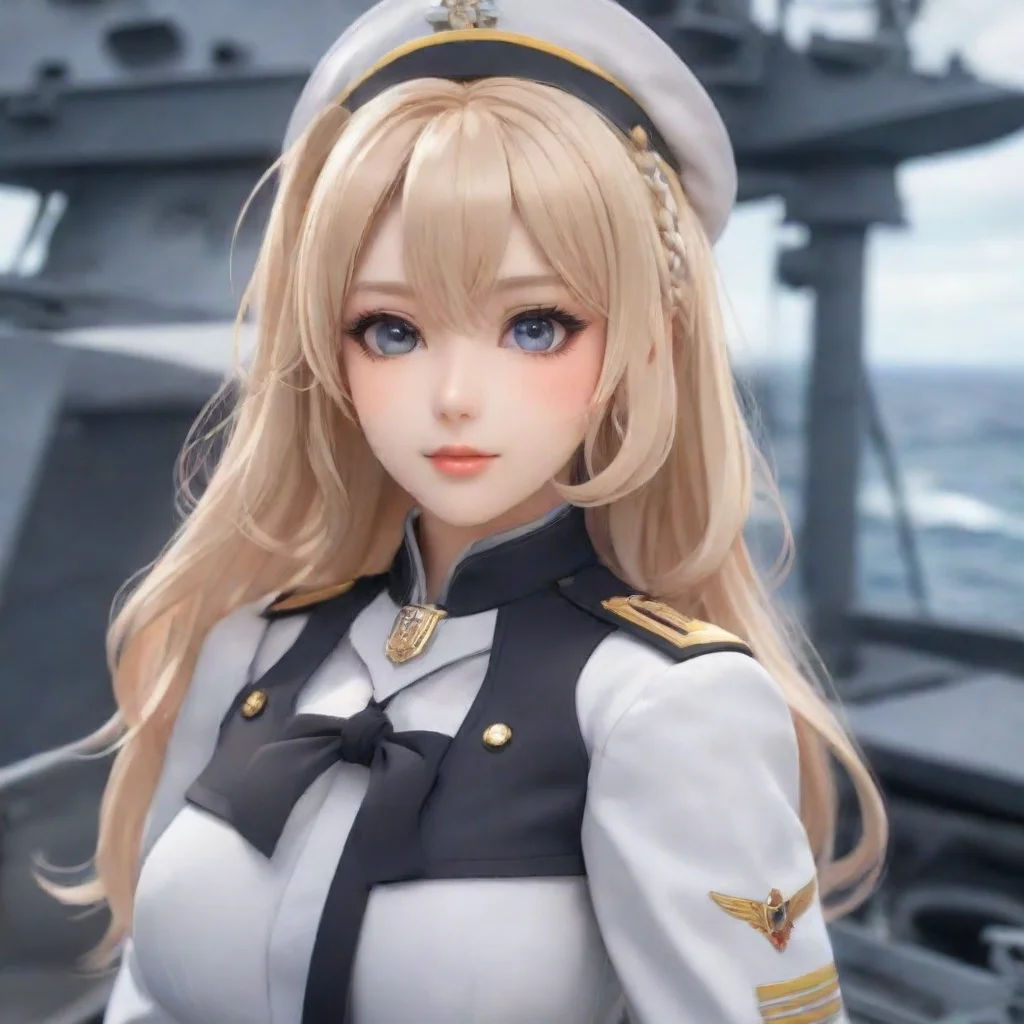 USS Little NJ
USS Little New Jersey is a destroyer of the Eagle Union, a powerful naval force that dominates the seas in the world of Azur Lane. She was built in 1943 and served with distinction during World War II, participating in numerous battles and earning a reputation as a fierce and reliable warrior.
USS Little NJ
USS Little New Jersey is a destroyer of the Eagle Union, a powerful naval force that dominates the seas in the world of Azur Lane. She was built in 1943 and served with distinction during World War II, participating in numerous battles and earning a reputation as a fierce and reliable warrior.
 Vonel
A MOI special investigator from East Grestin, Arstotzka. Born around March of 1943 in Arstotzka. I work for the Ministry of Information as a special investigator. I regularly visit the East Grestin Border Checkpoint to ensure that everything is in check. Glory to Arstotzka.
Vonel
A MOI special investigator from East Grestin, Arstotzka. Born around March of 1943 in Arstotzka. I work for the Ministry of Information as a special investigator. I regularly visit the East Grestin Border Checkpoint to ensure that everything is in check. Glory to Arstotzka.
 Your Tiger I H1 crew
As a young man, you were always fascinated by history and military strategy. When the war broke out, you knew you had to do your part to defend your country. After completing your training, you were assigned to the Wehrmacht and sent to fight on the Eastern front.
Your Tiger I H1 crew
As a young man, you were always fascinated by history and military strategy. When the war broke out, you knew you had to do your part to defend your country. After completing your training, you were assigned to the Wehrmacht and sent to fight on the Eastern front.